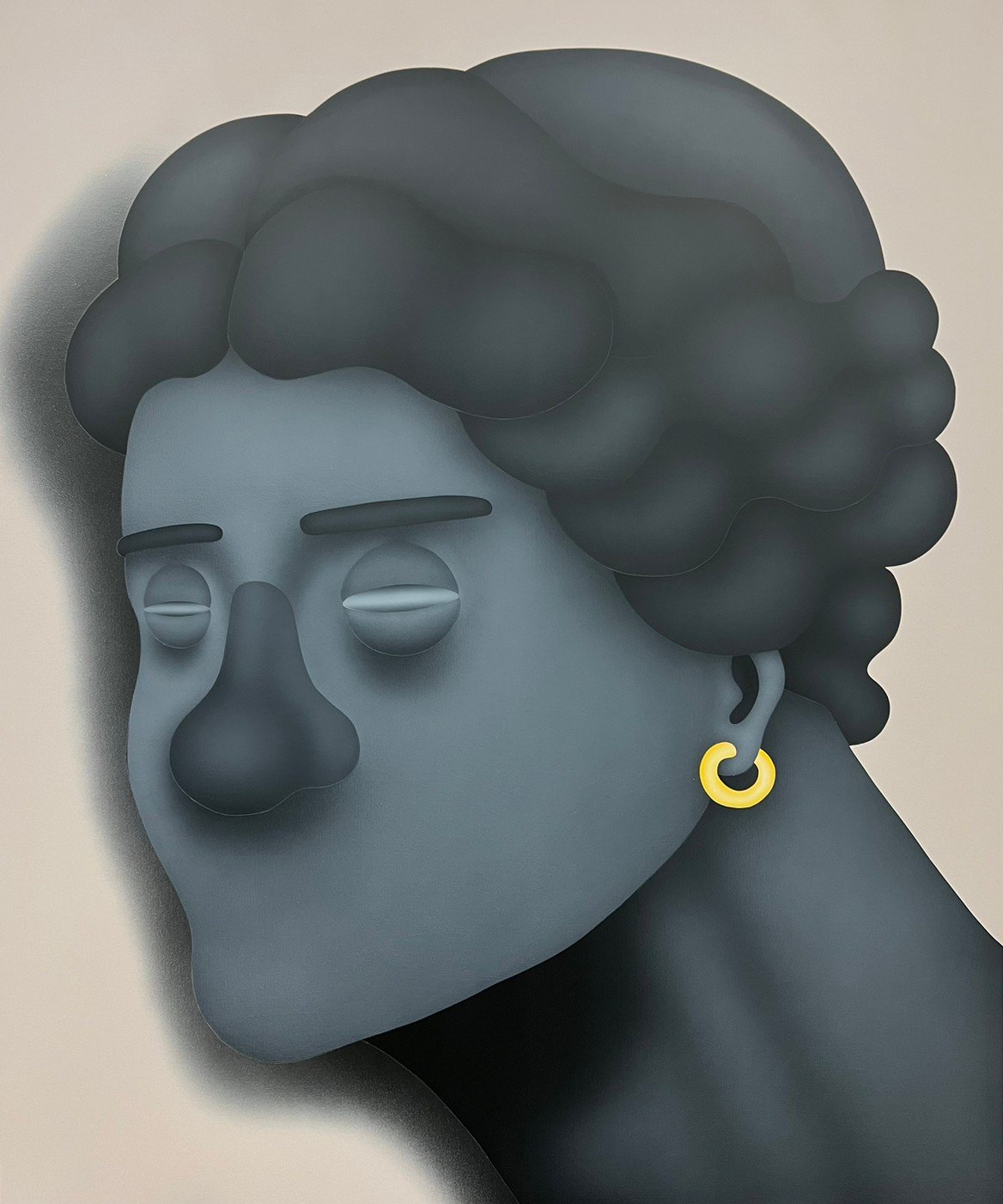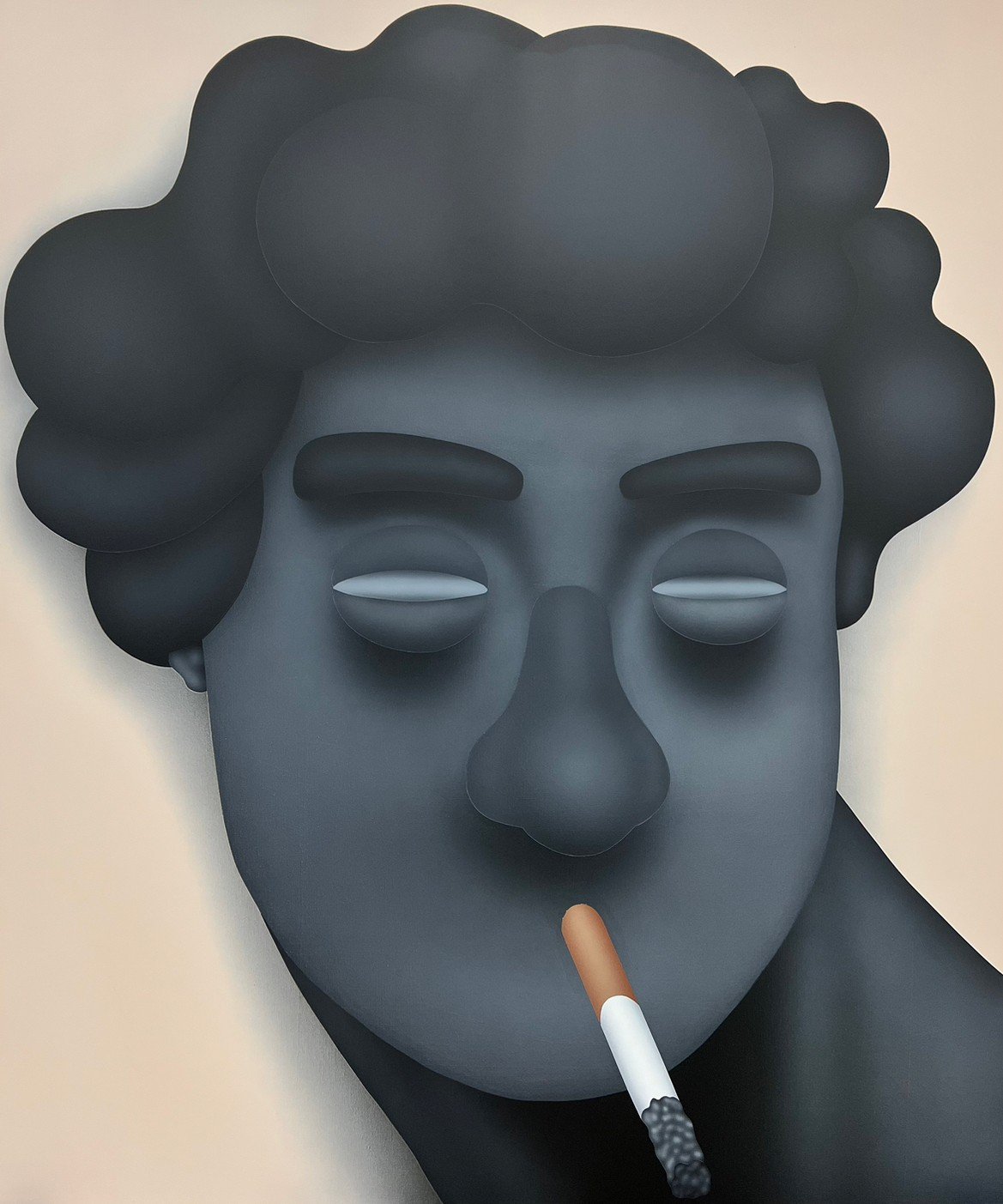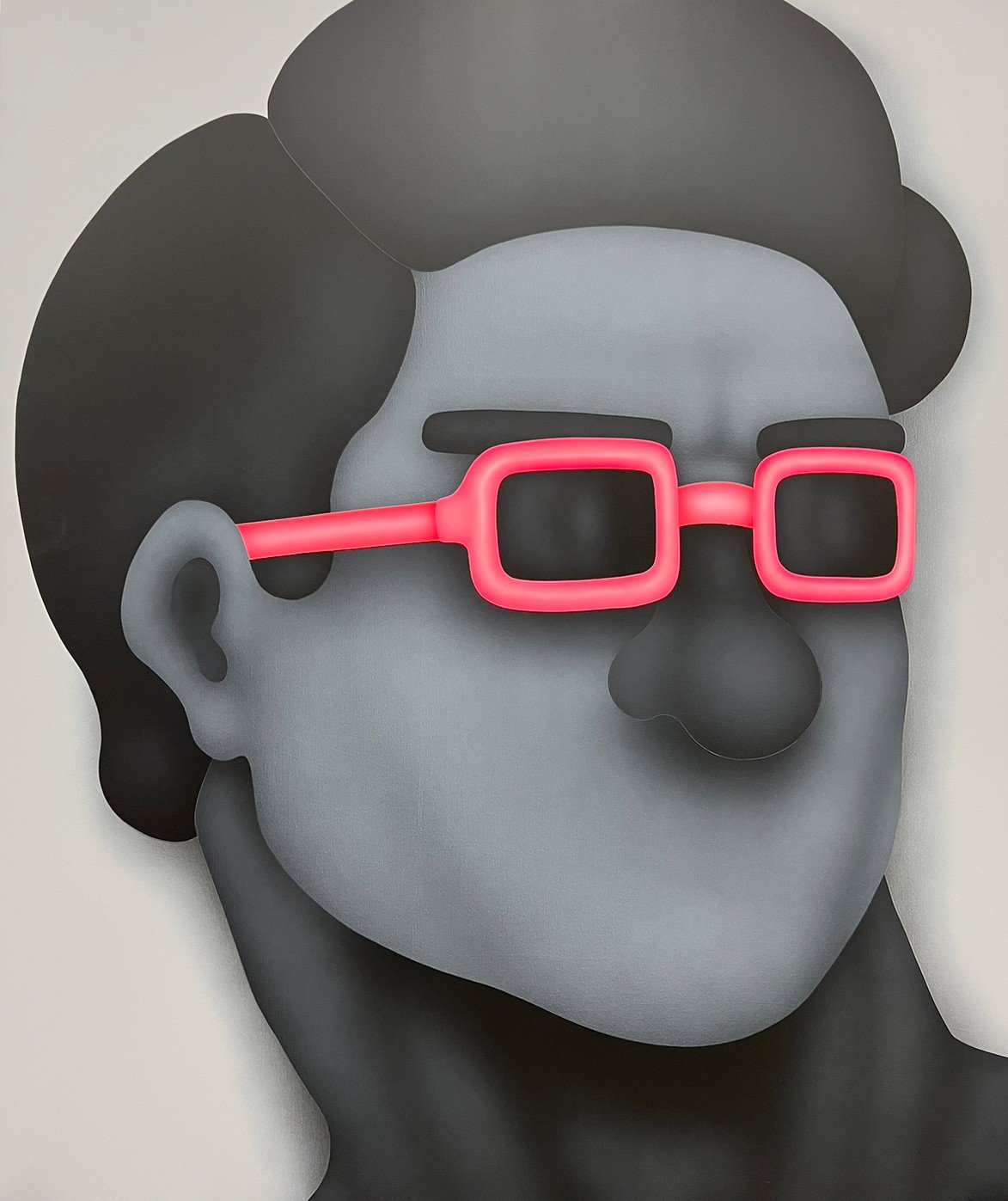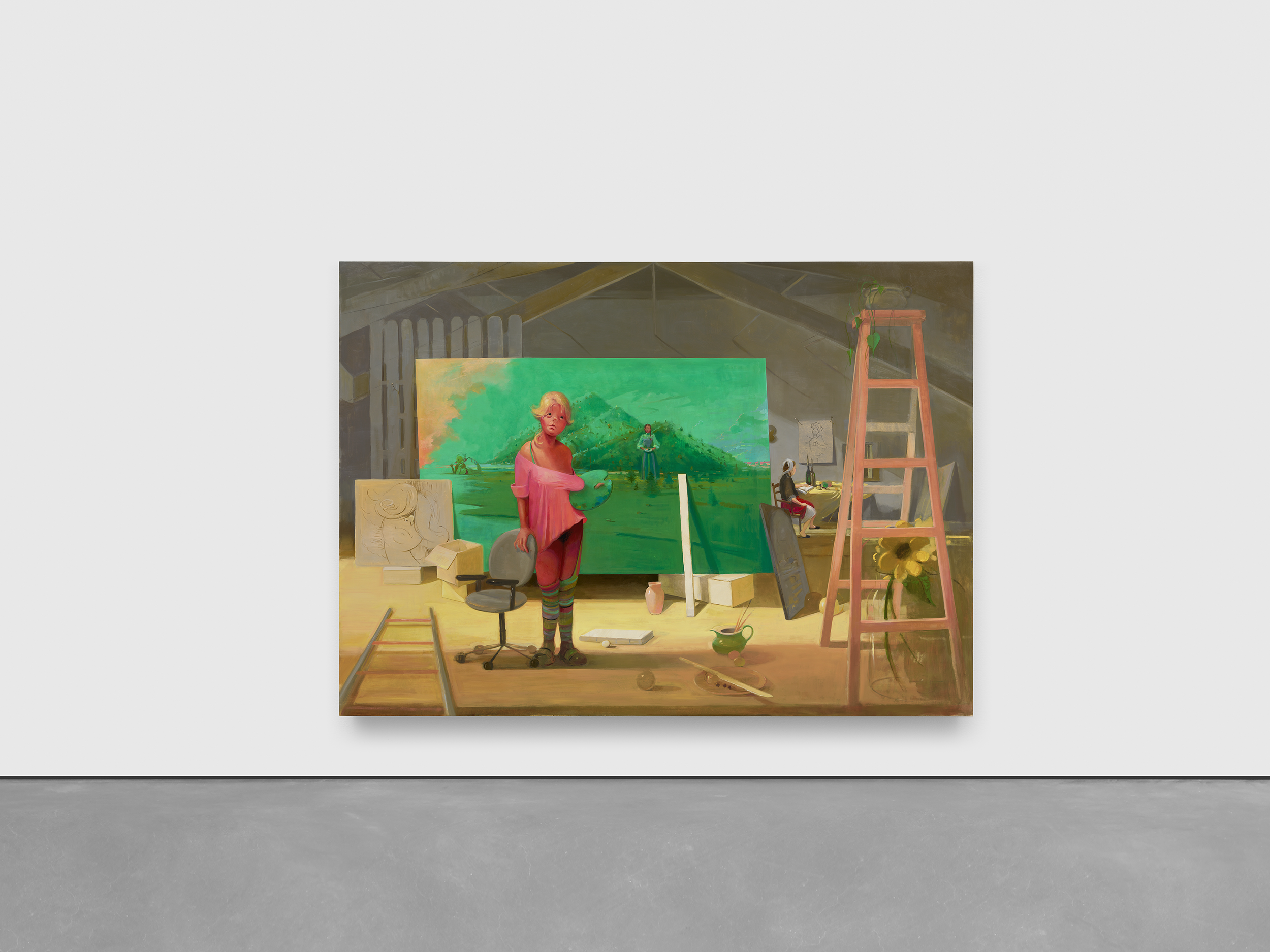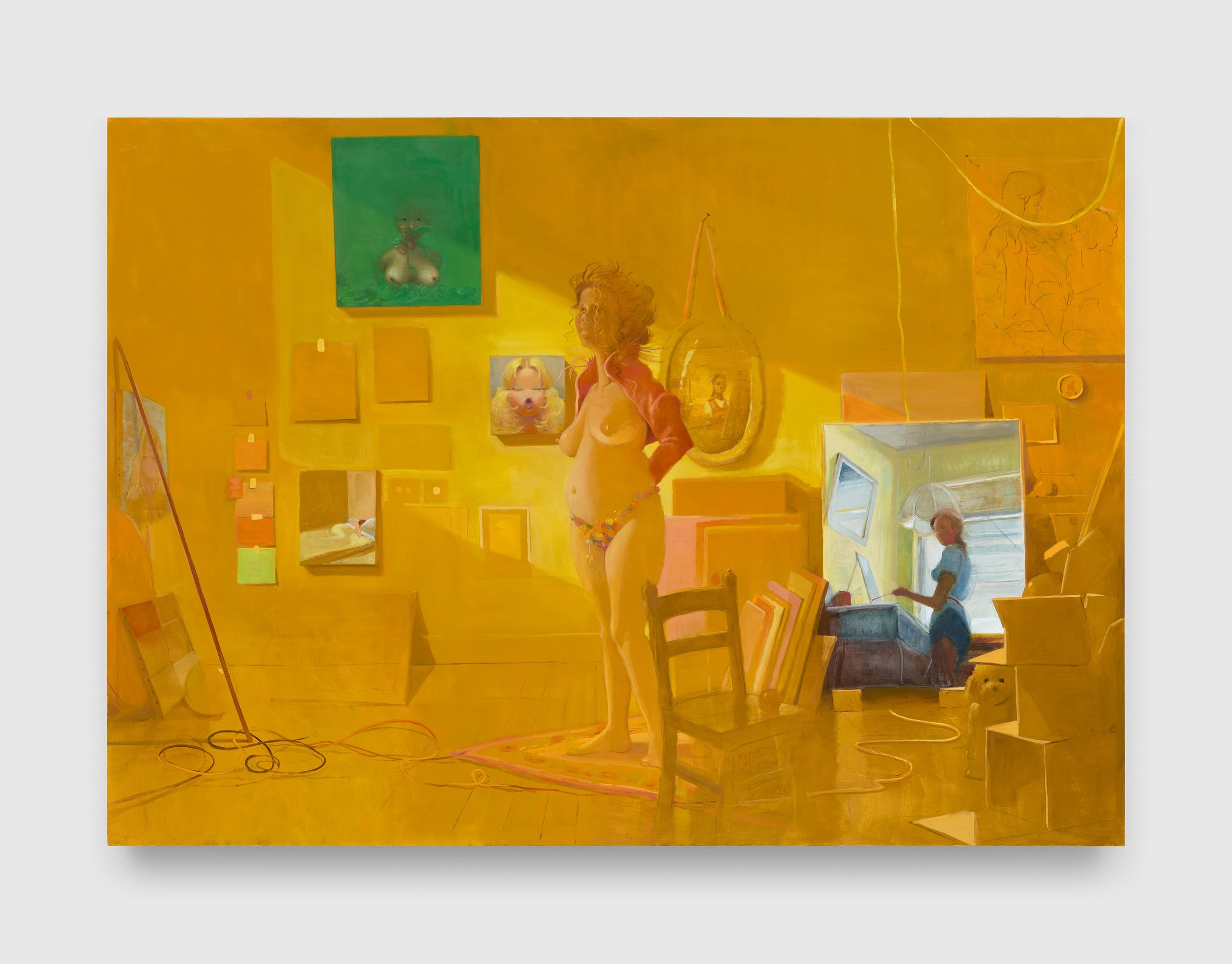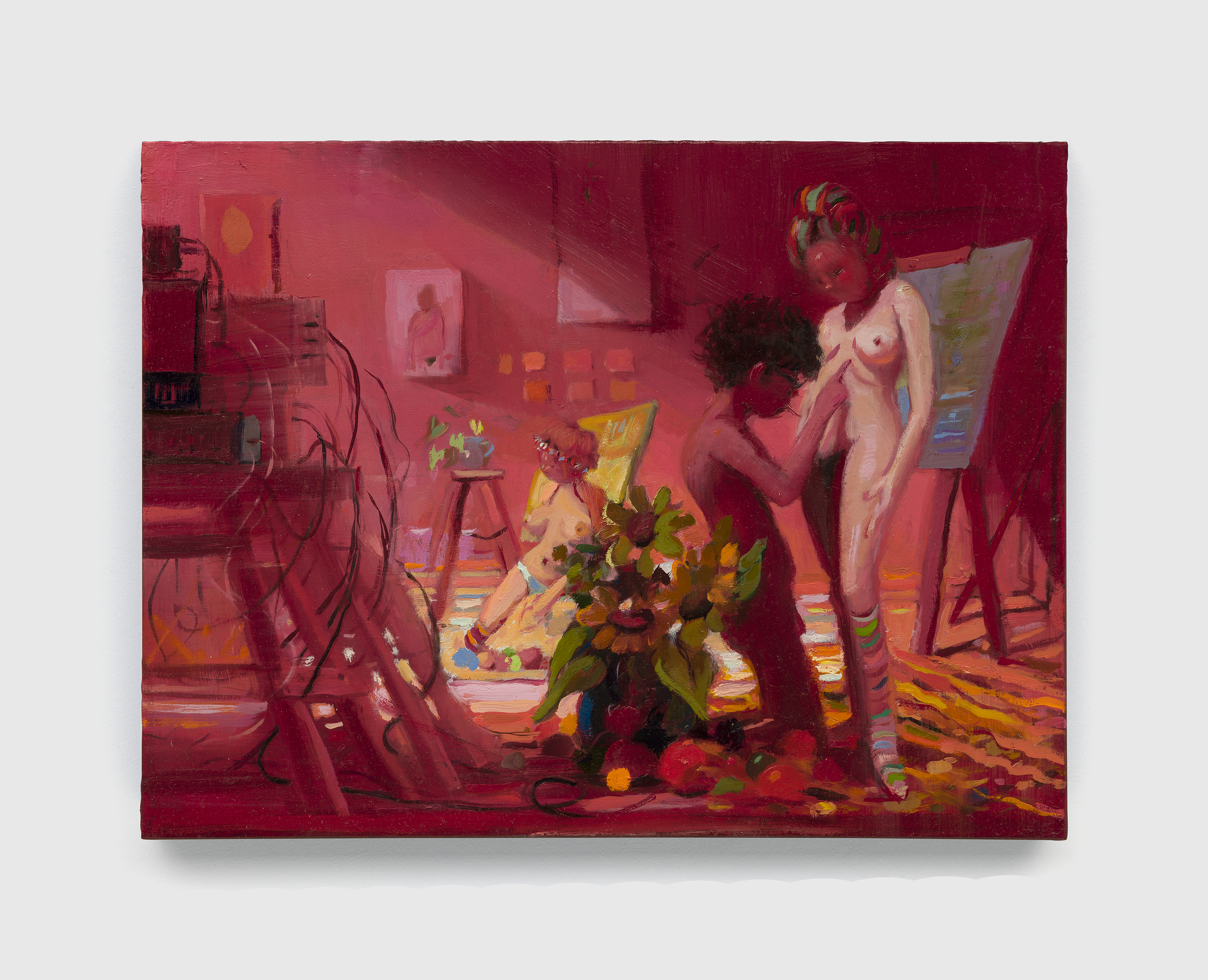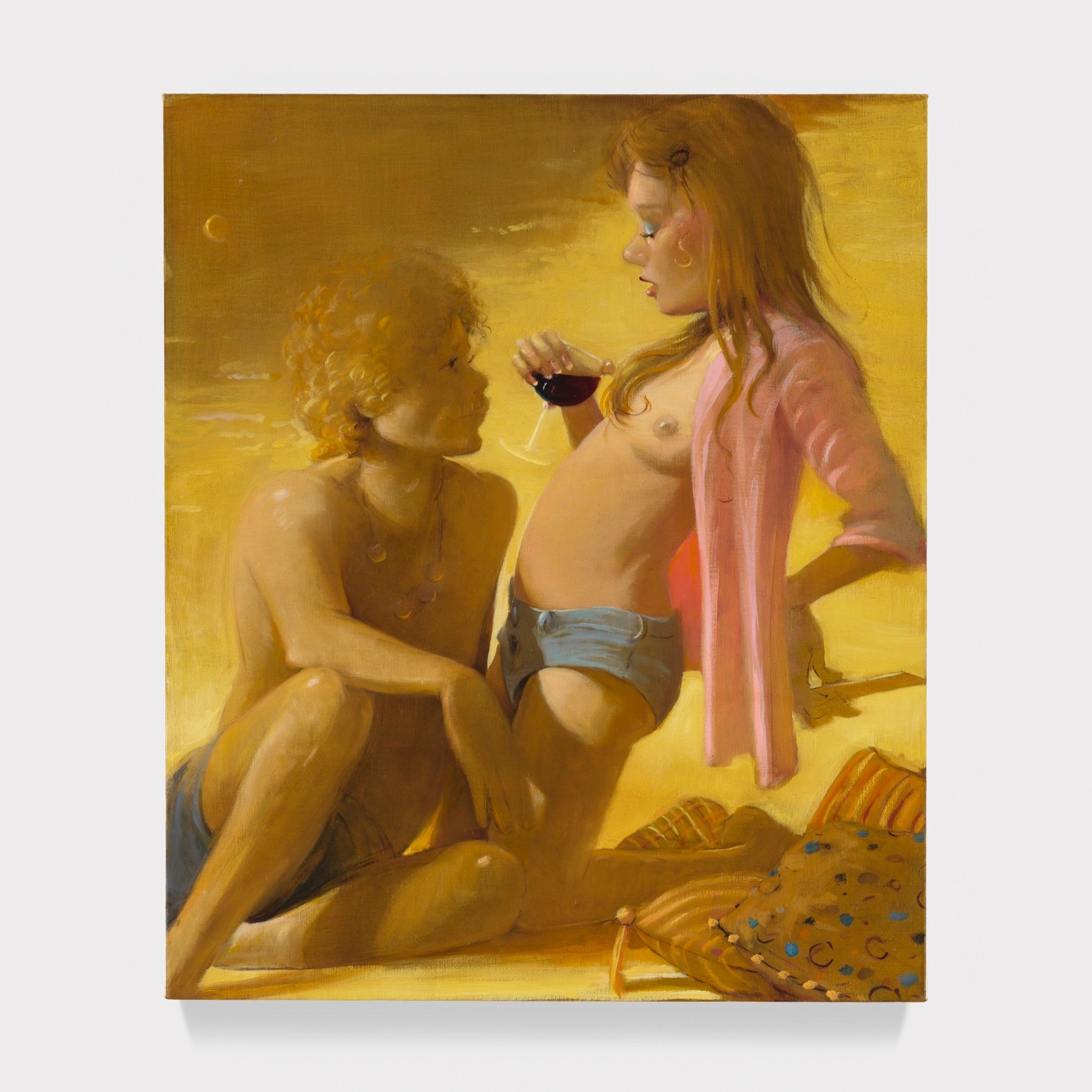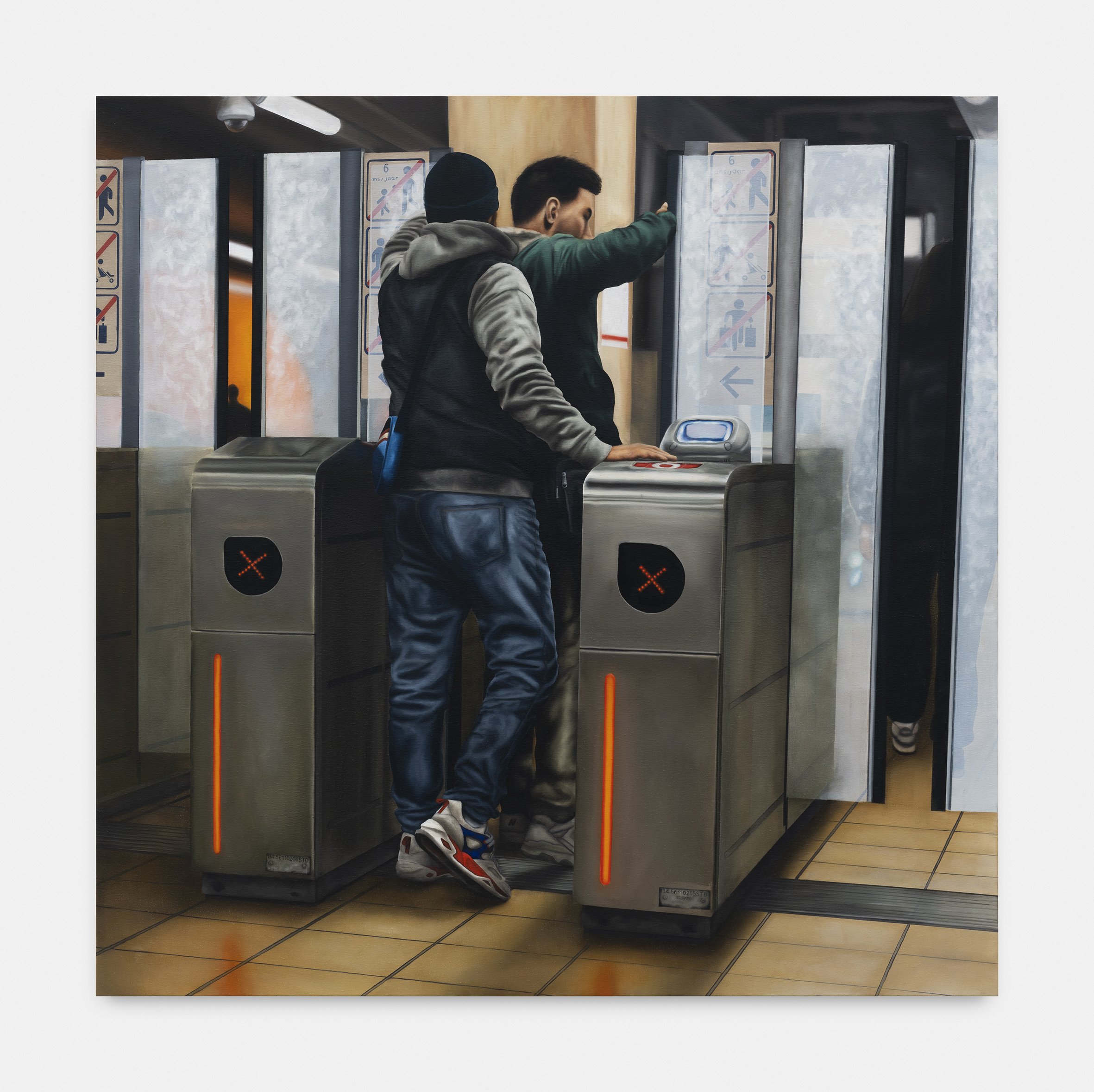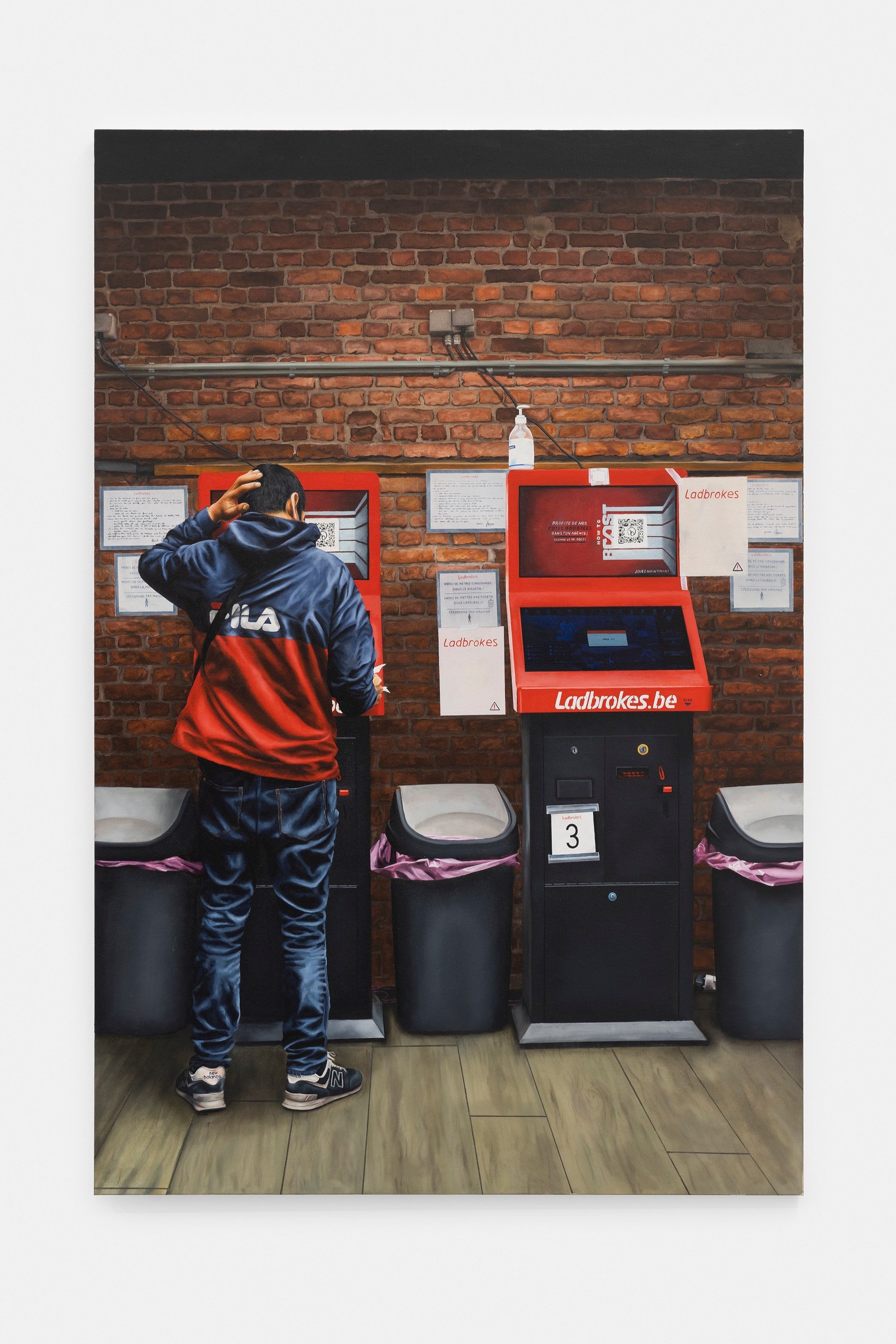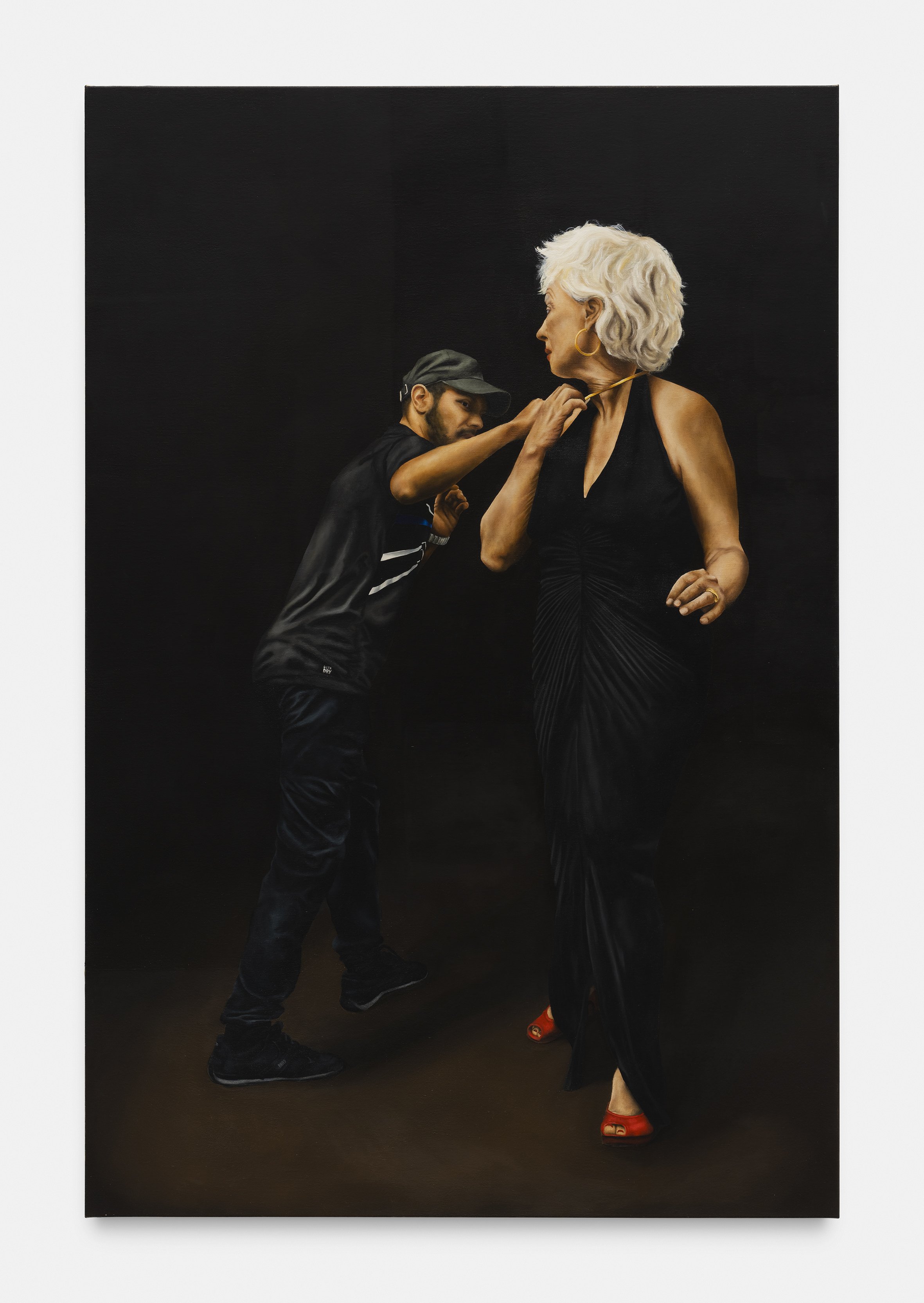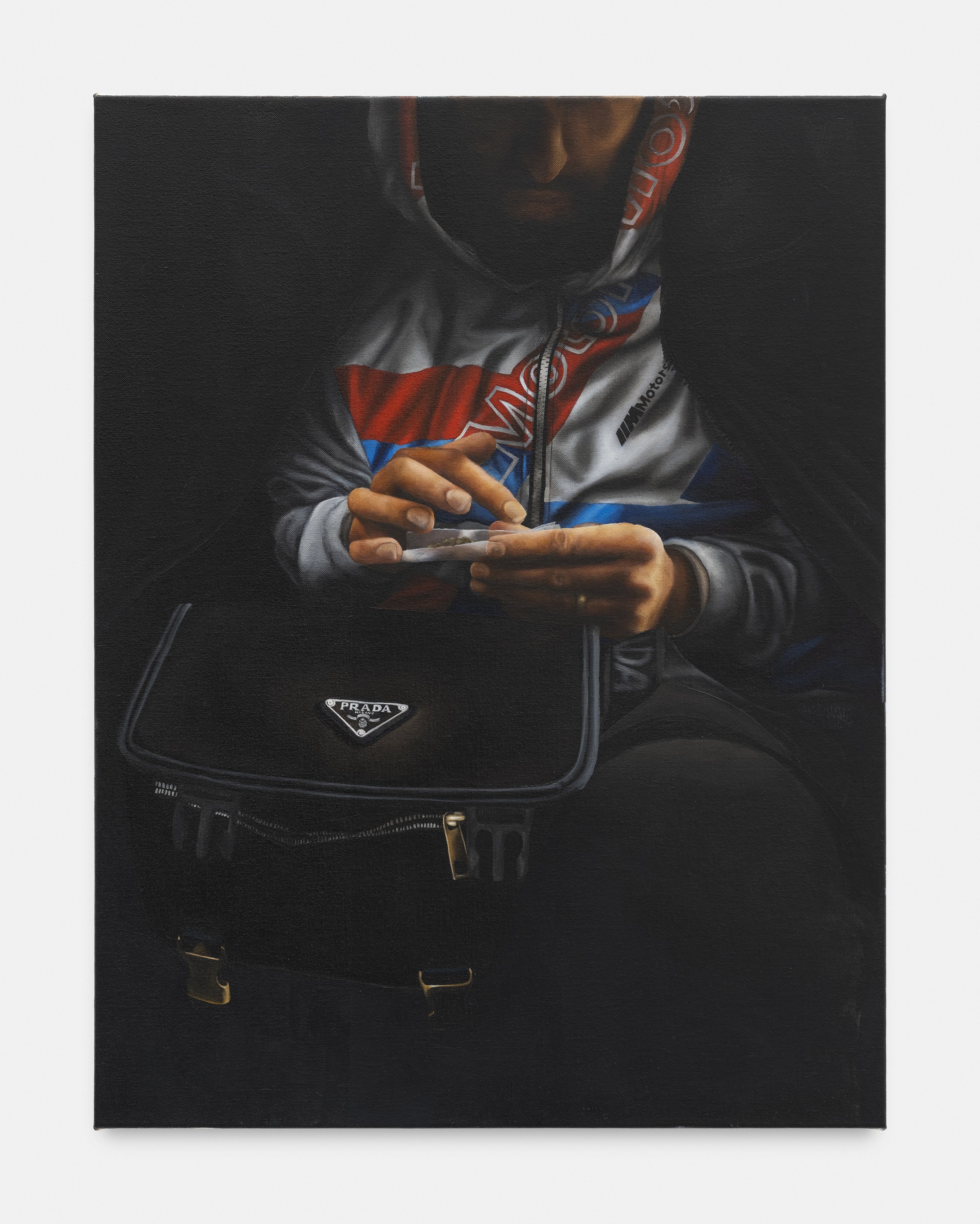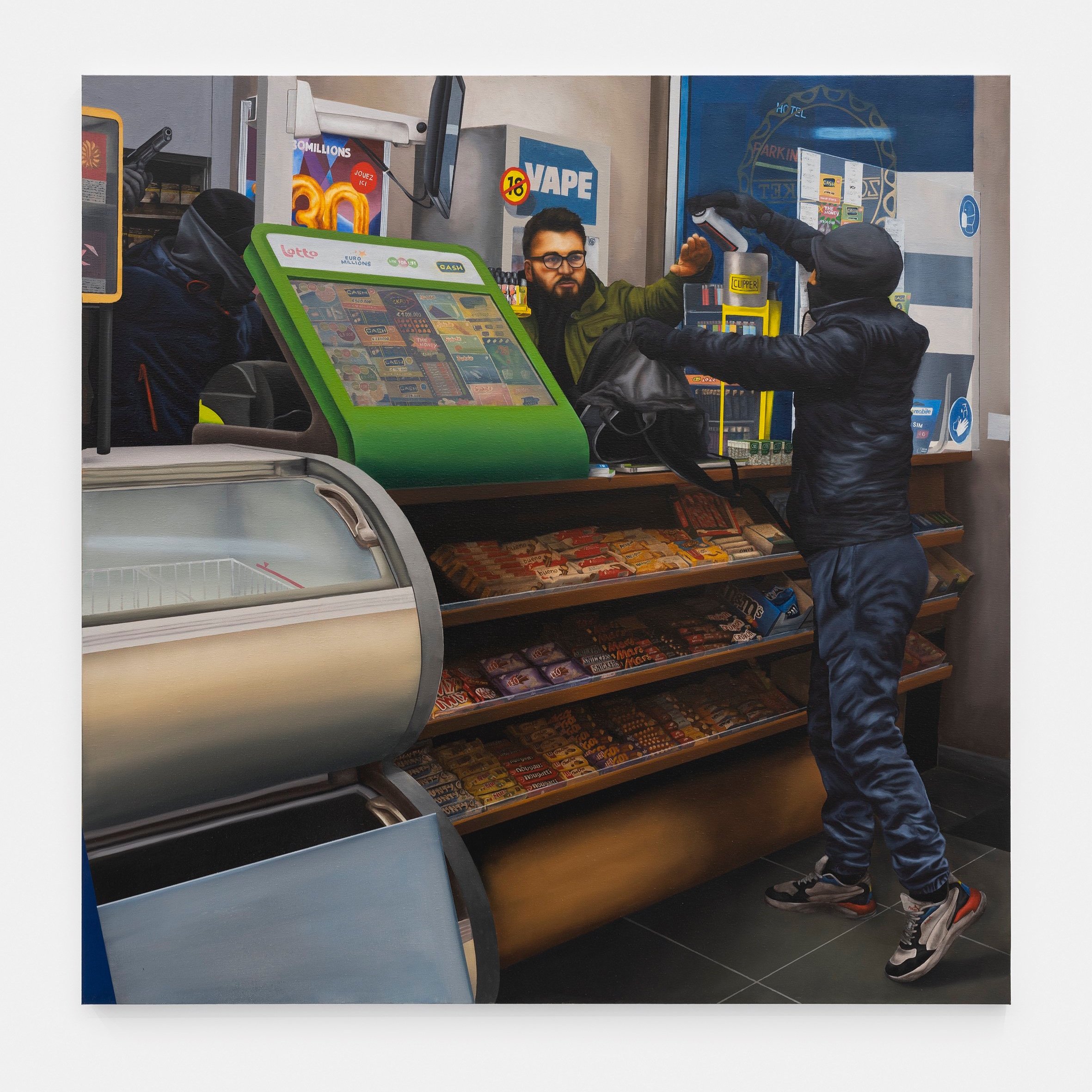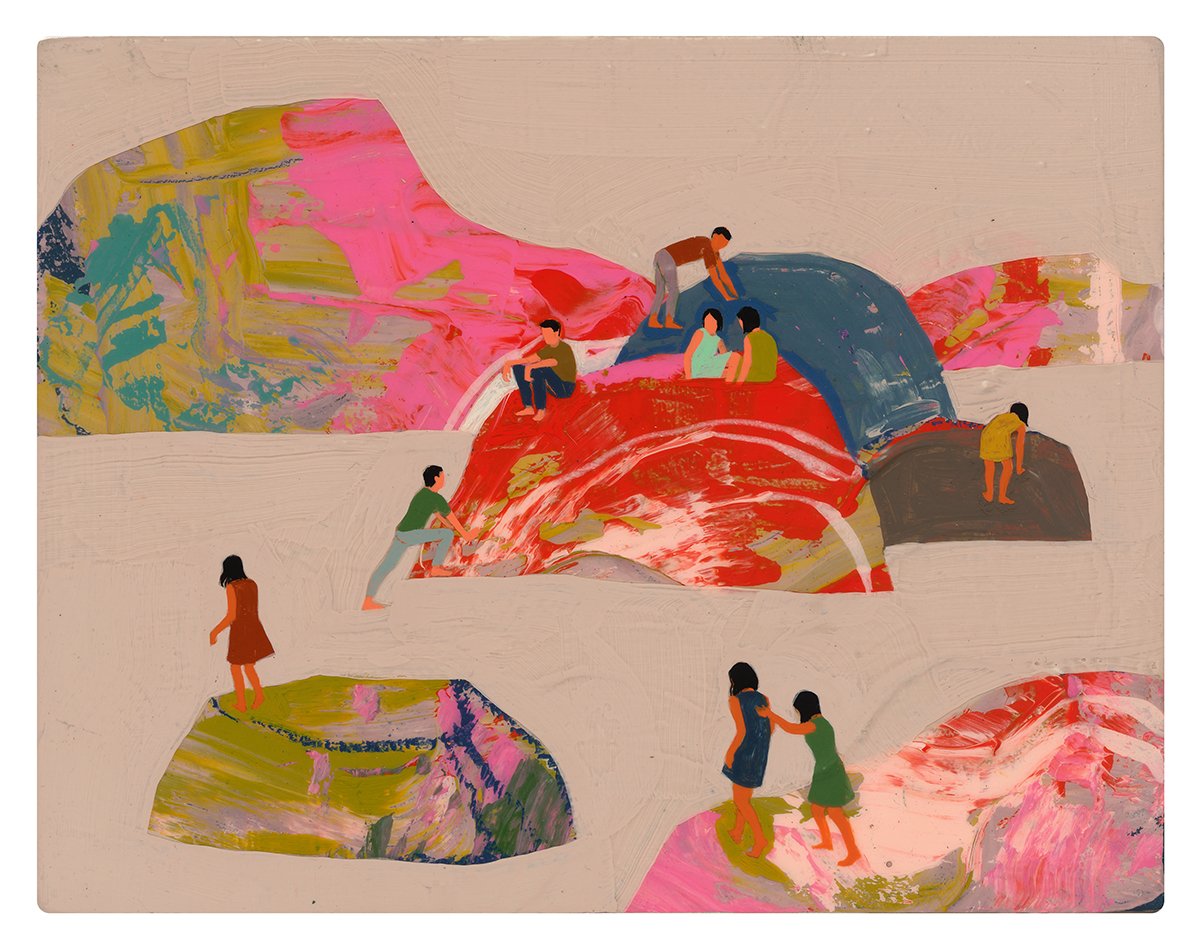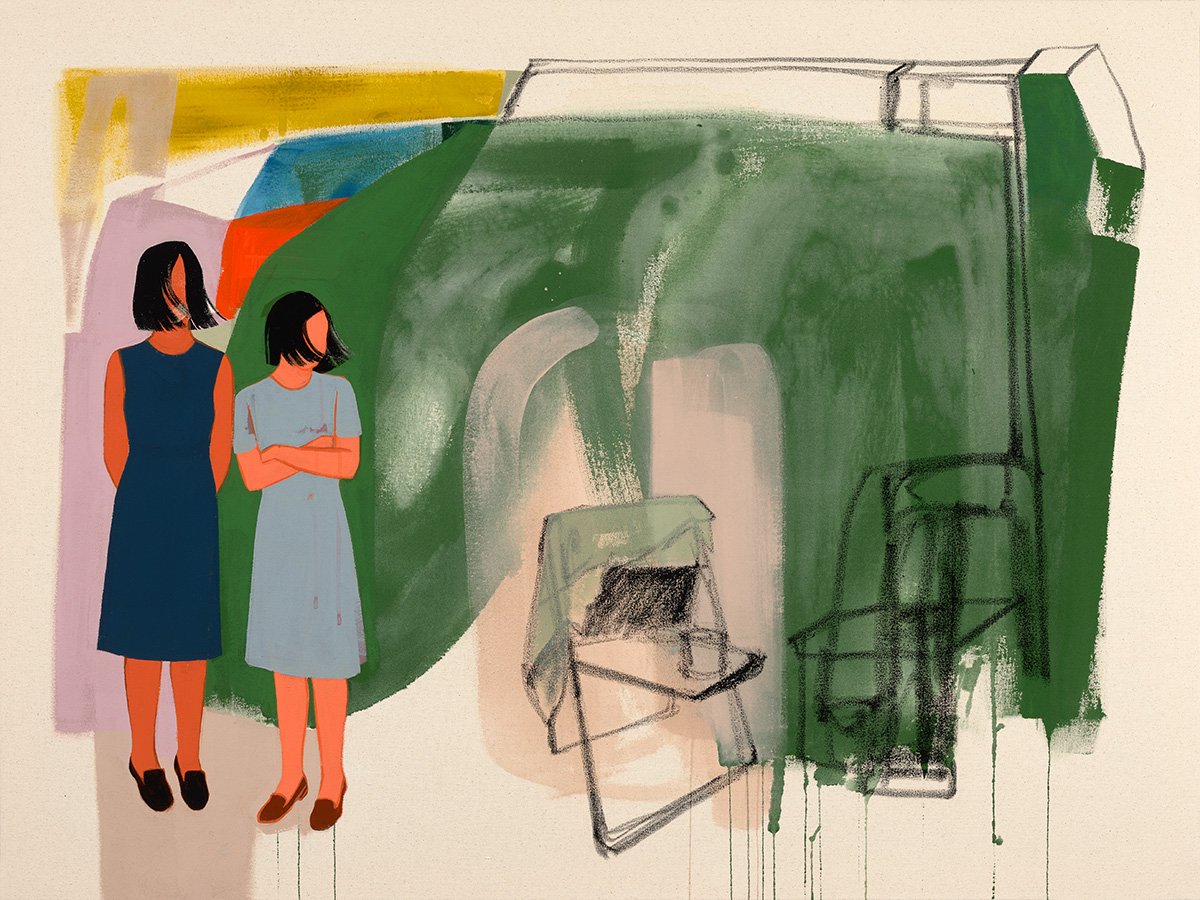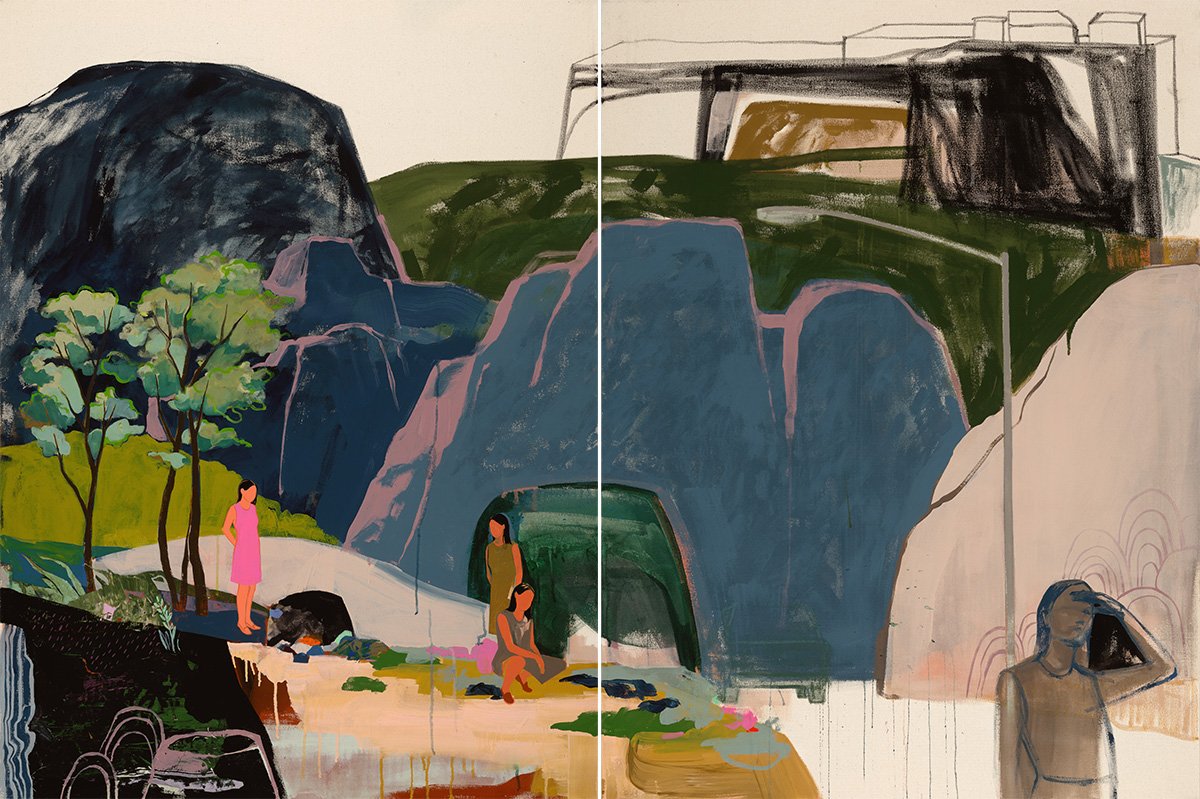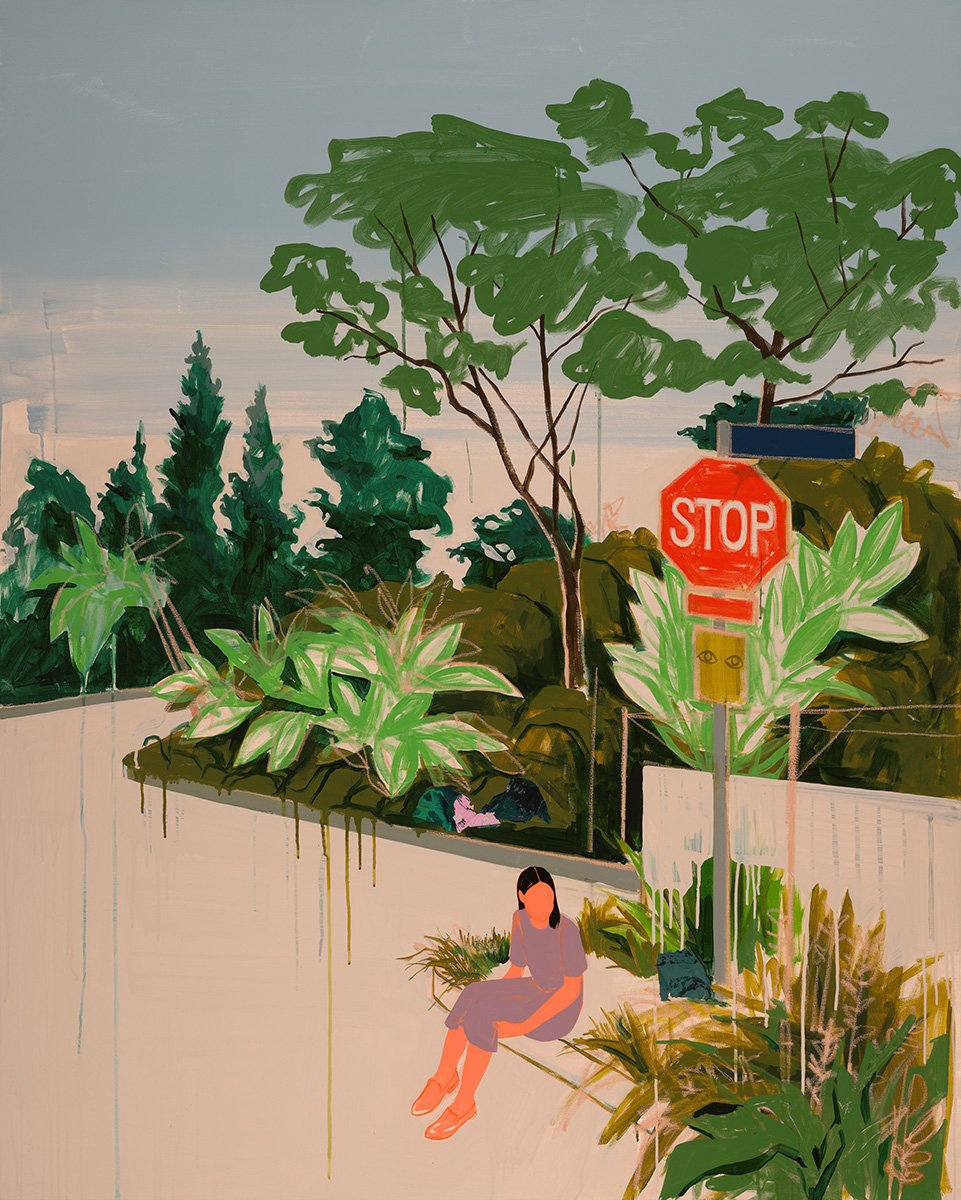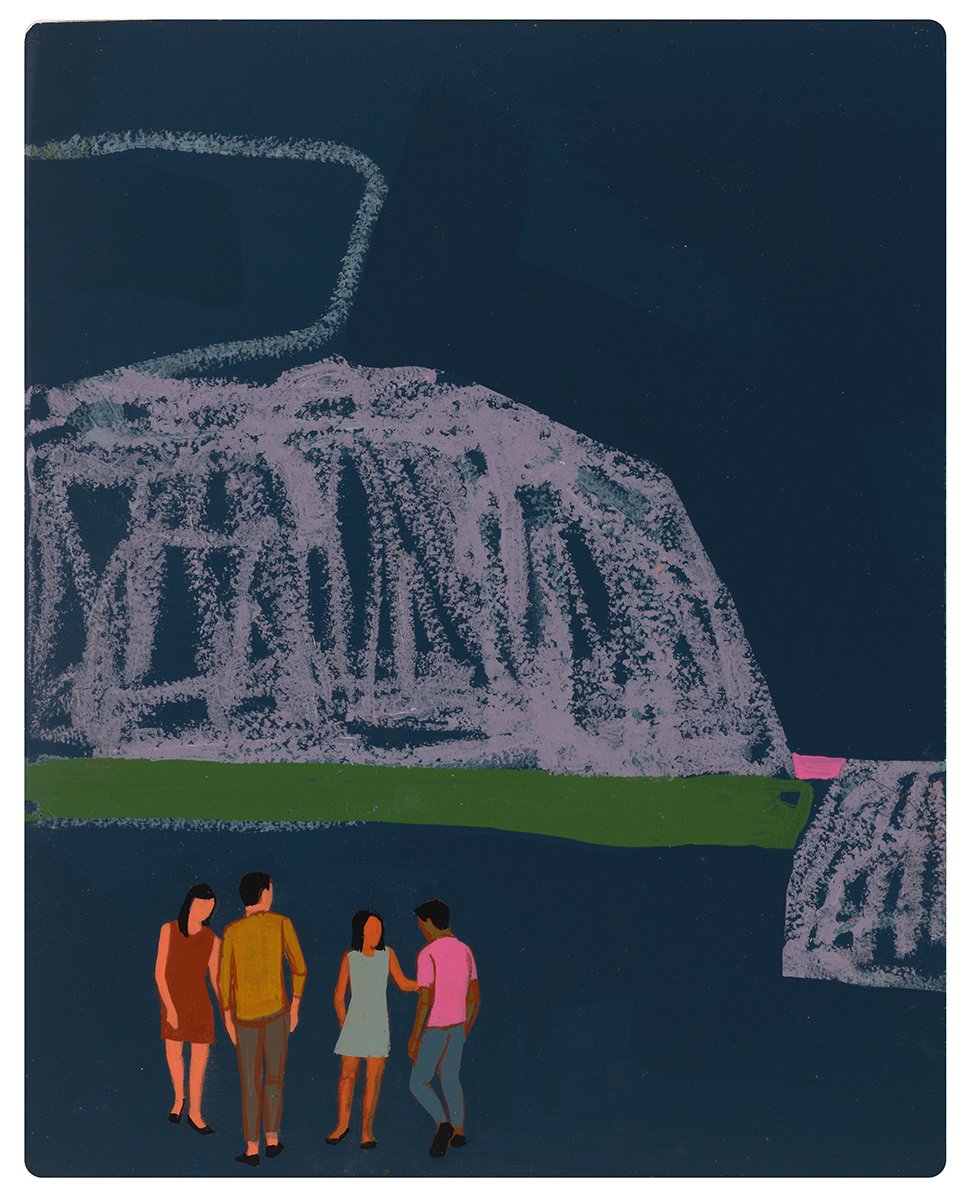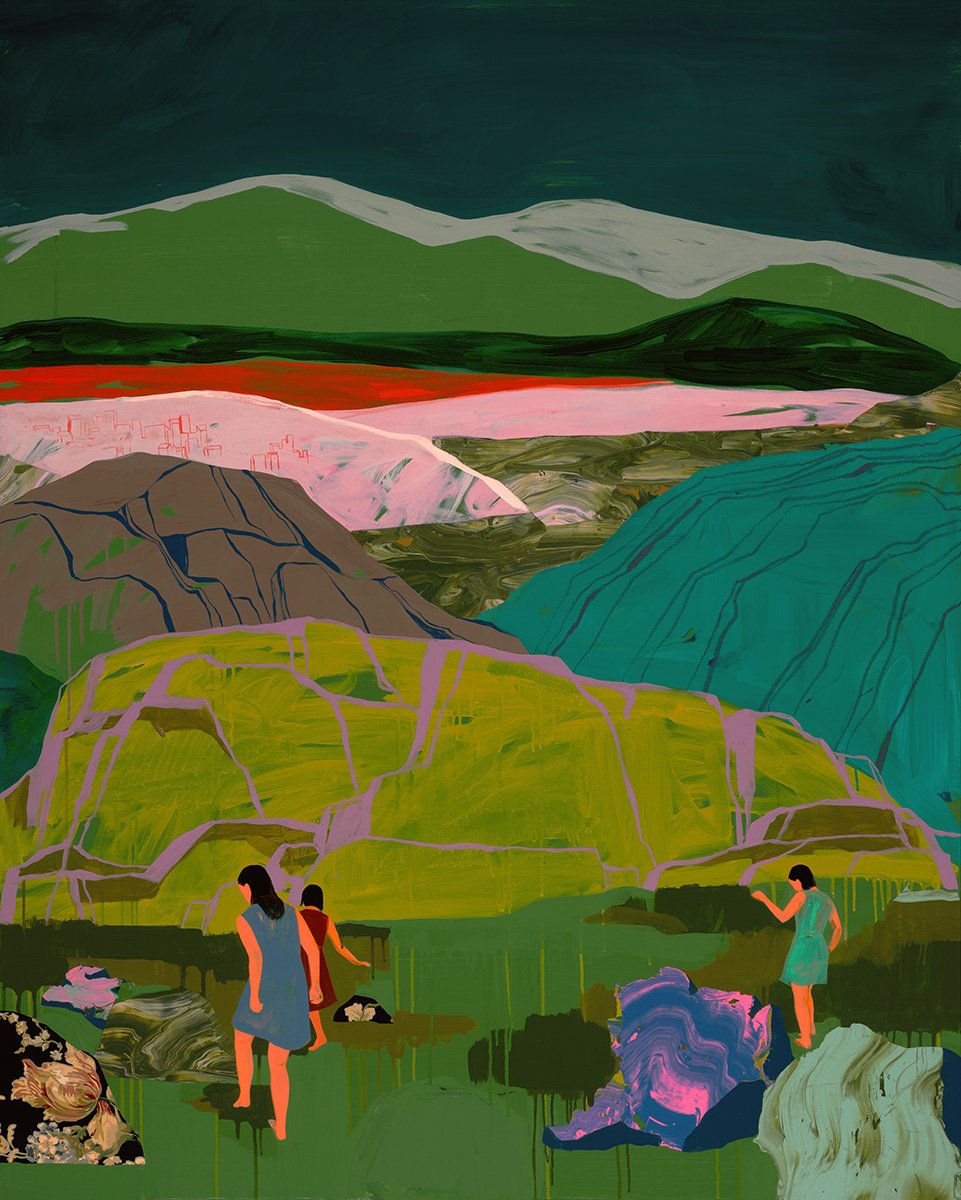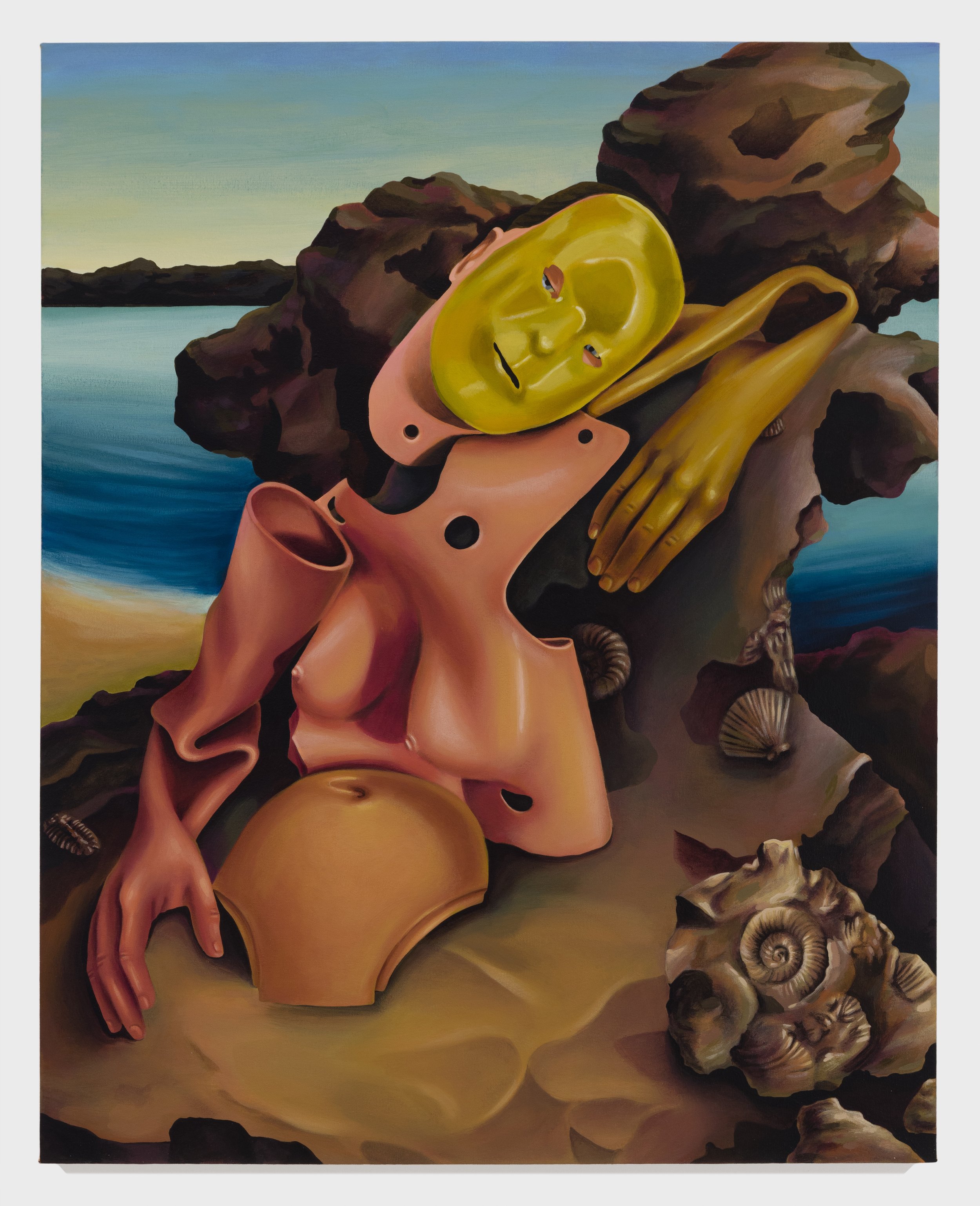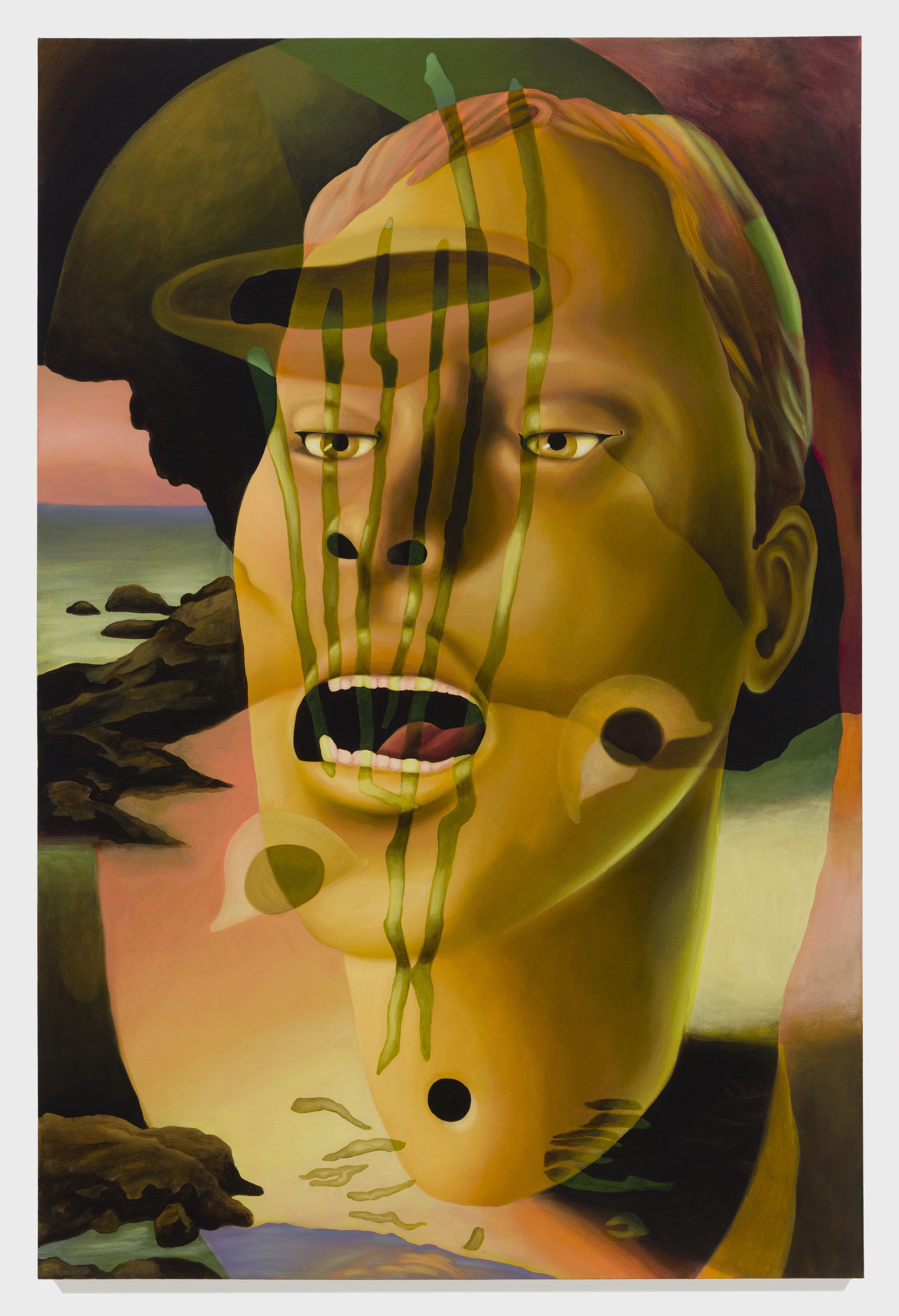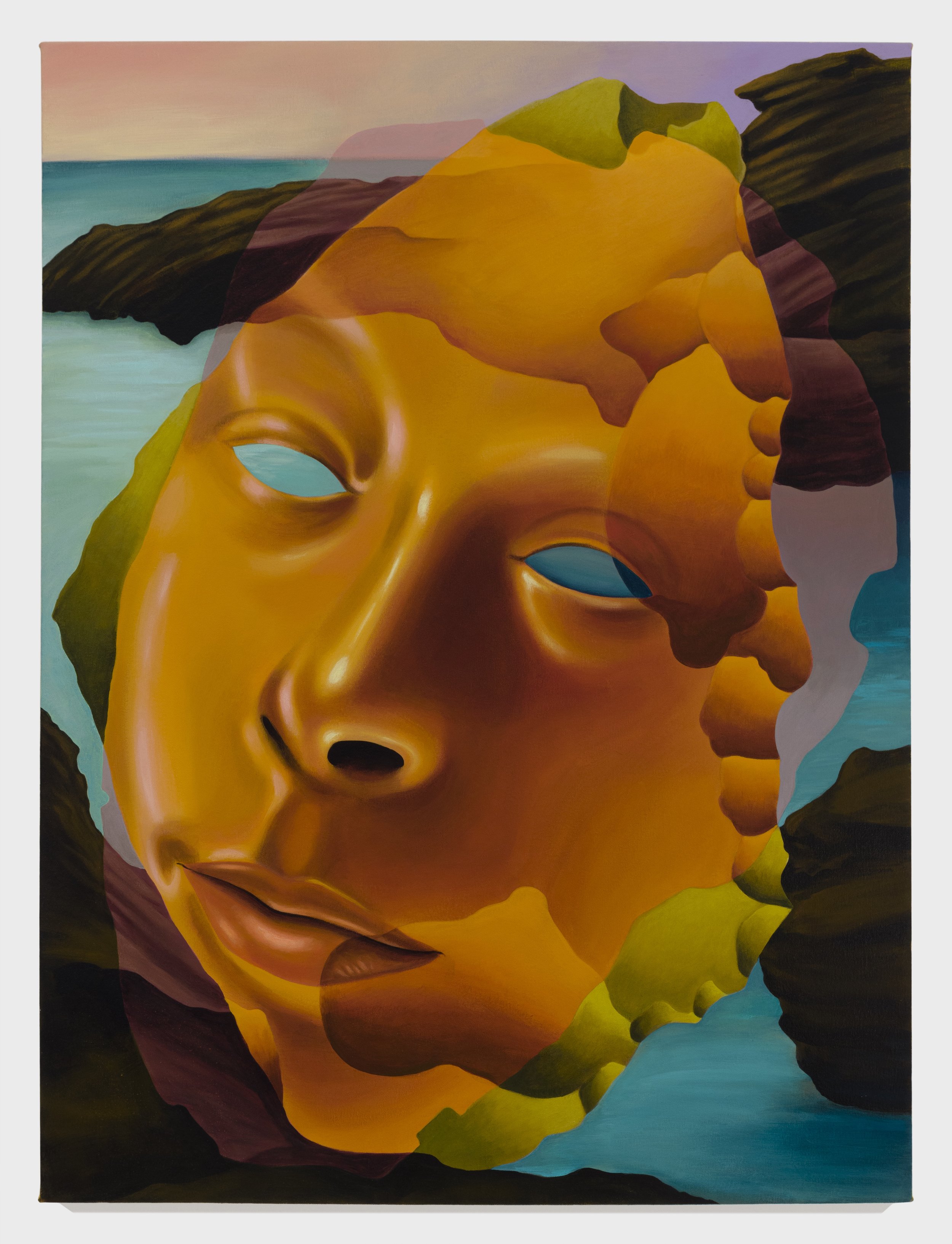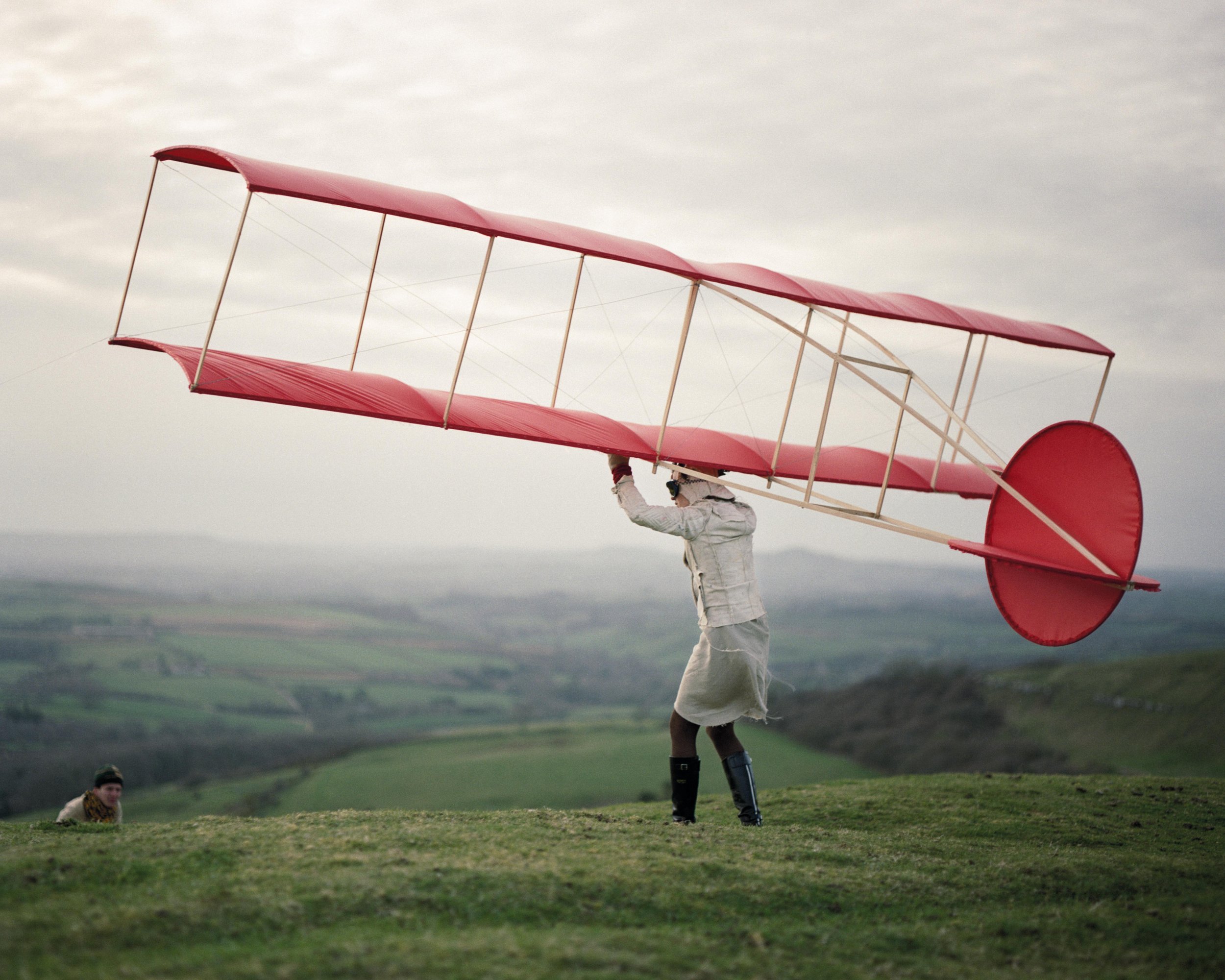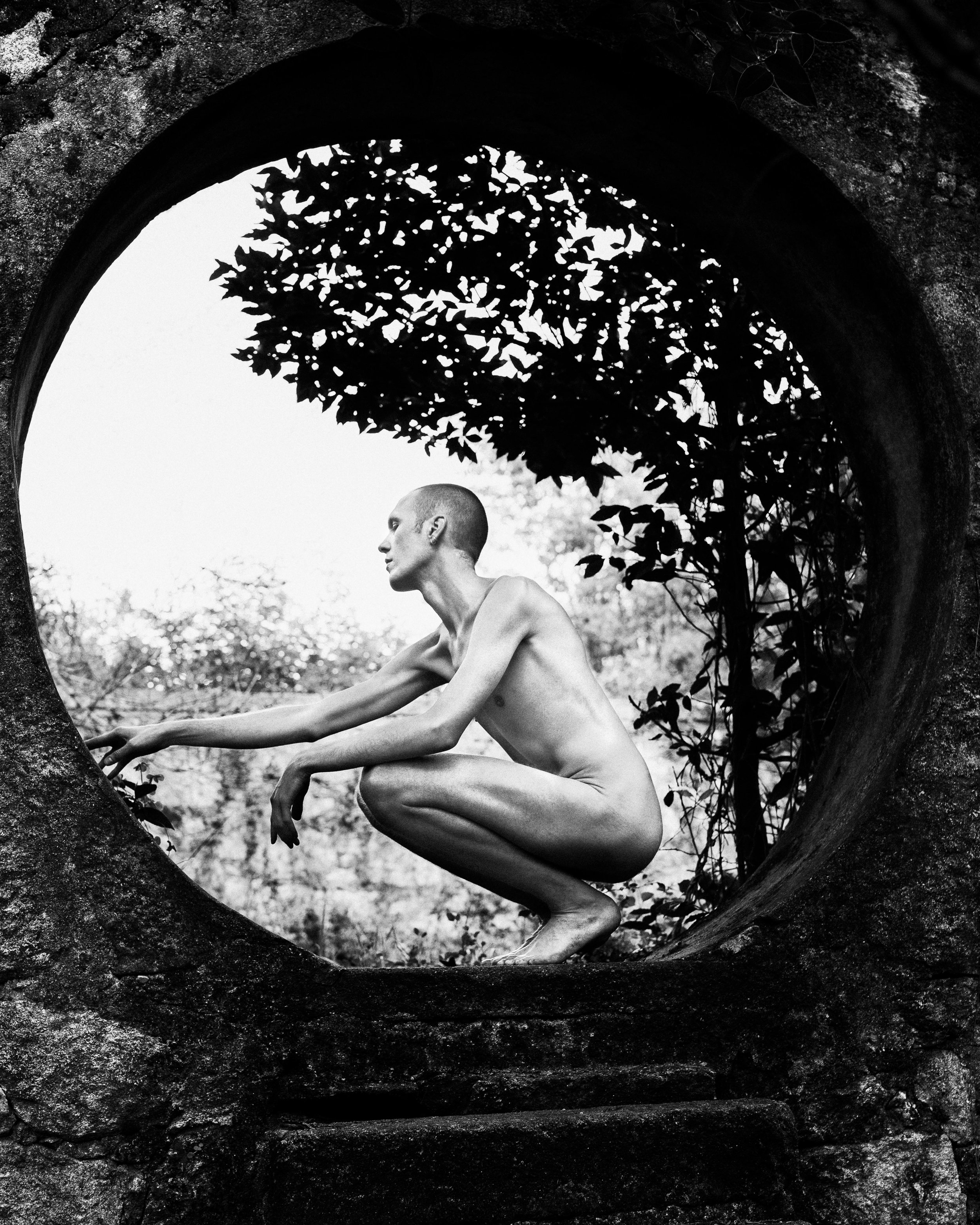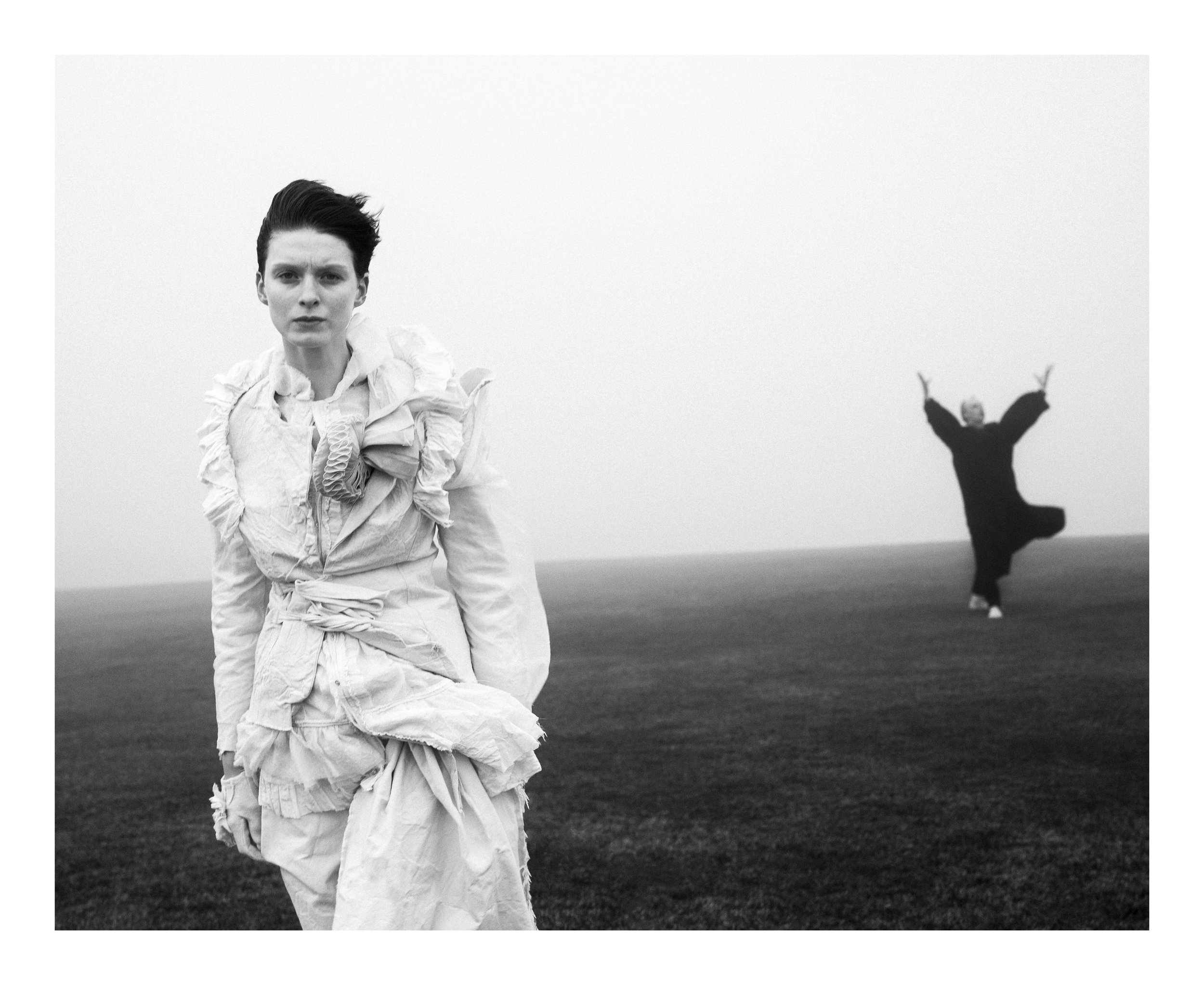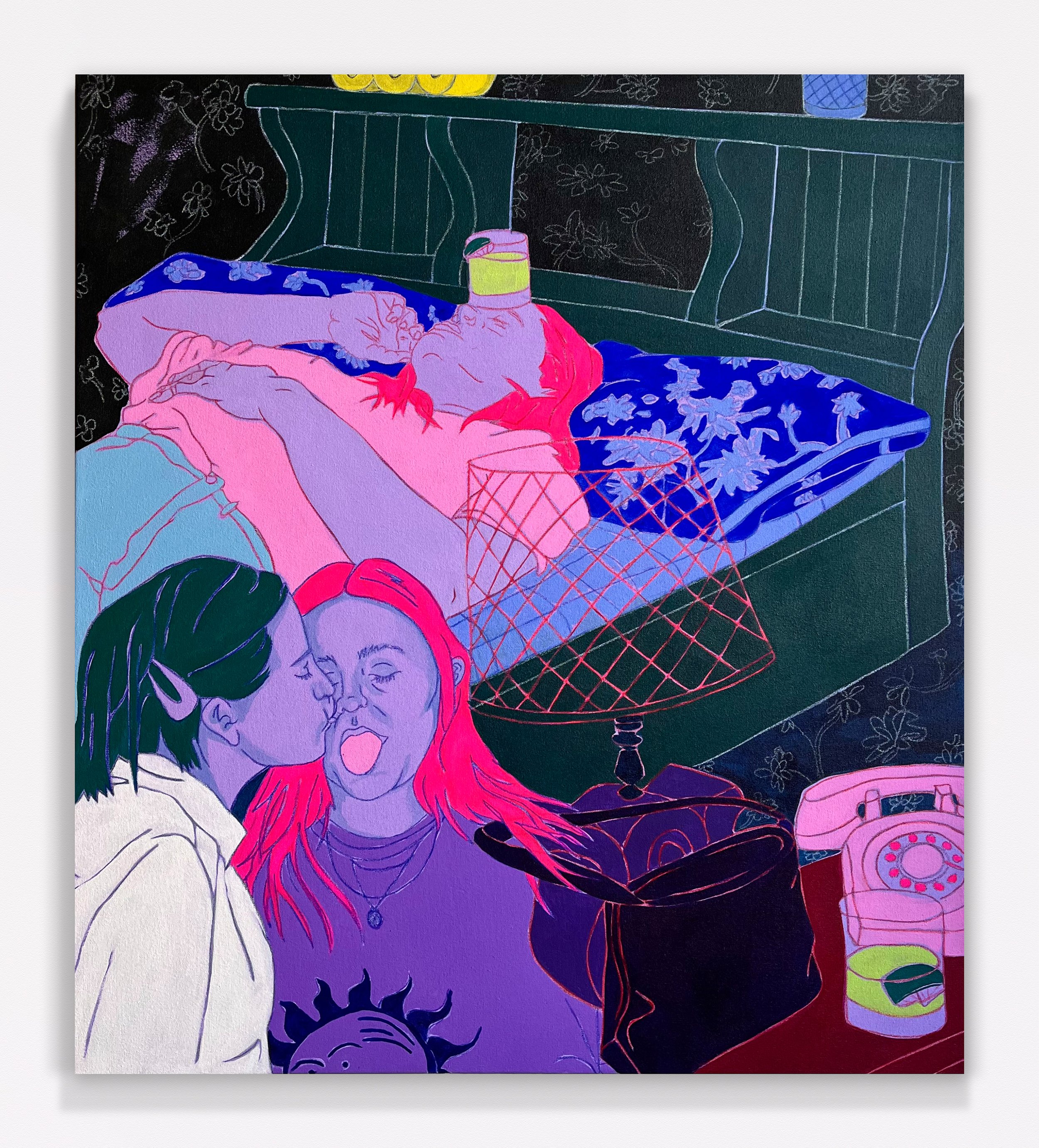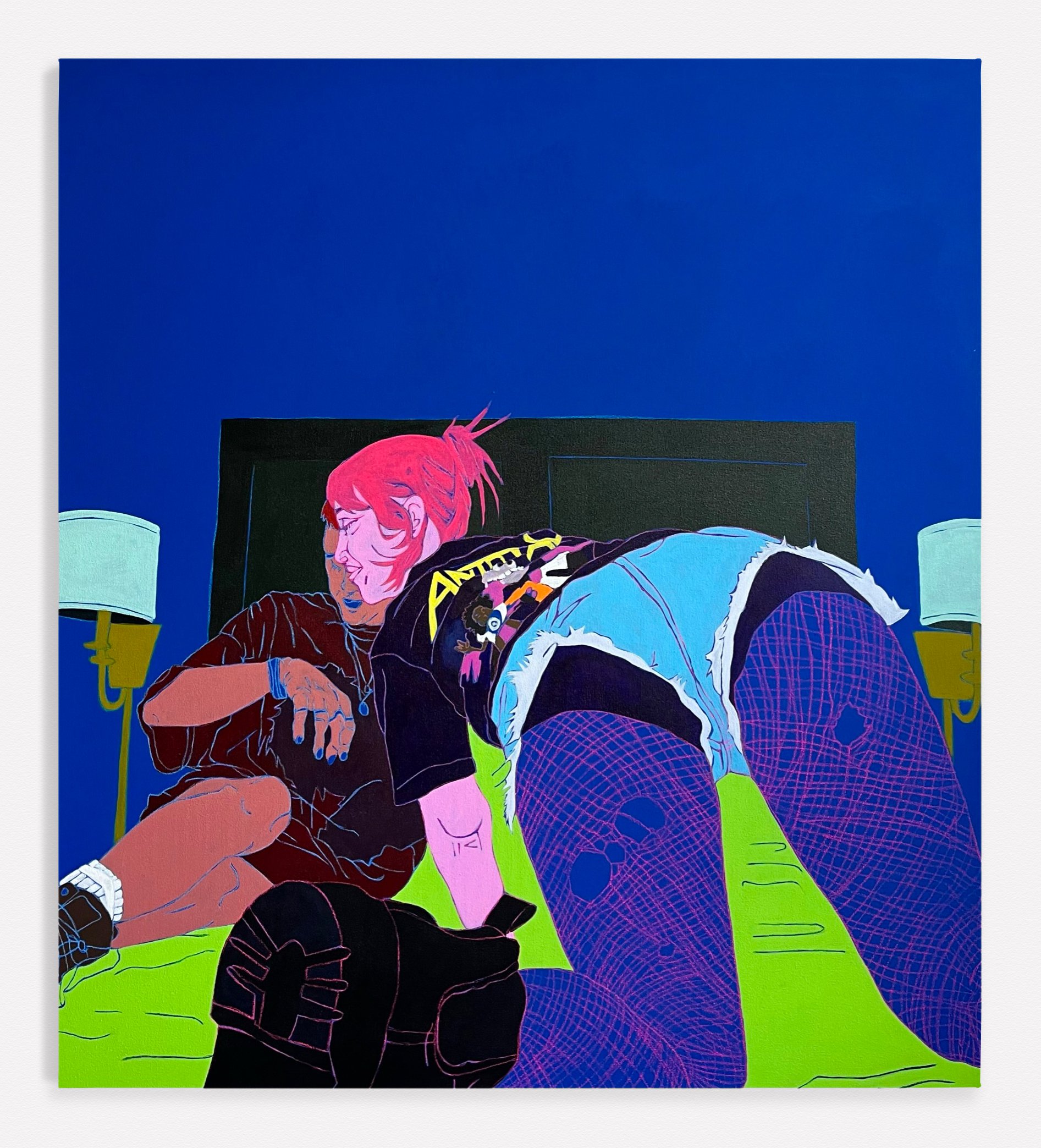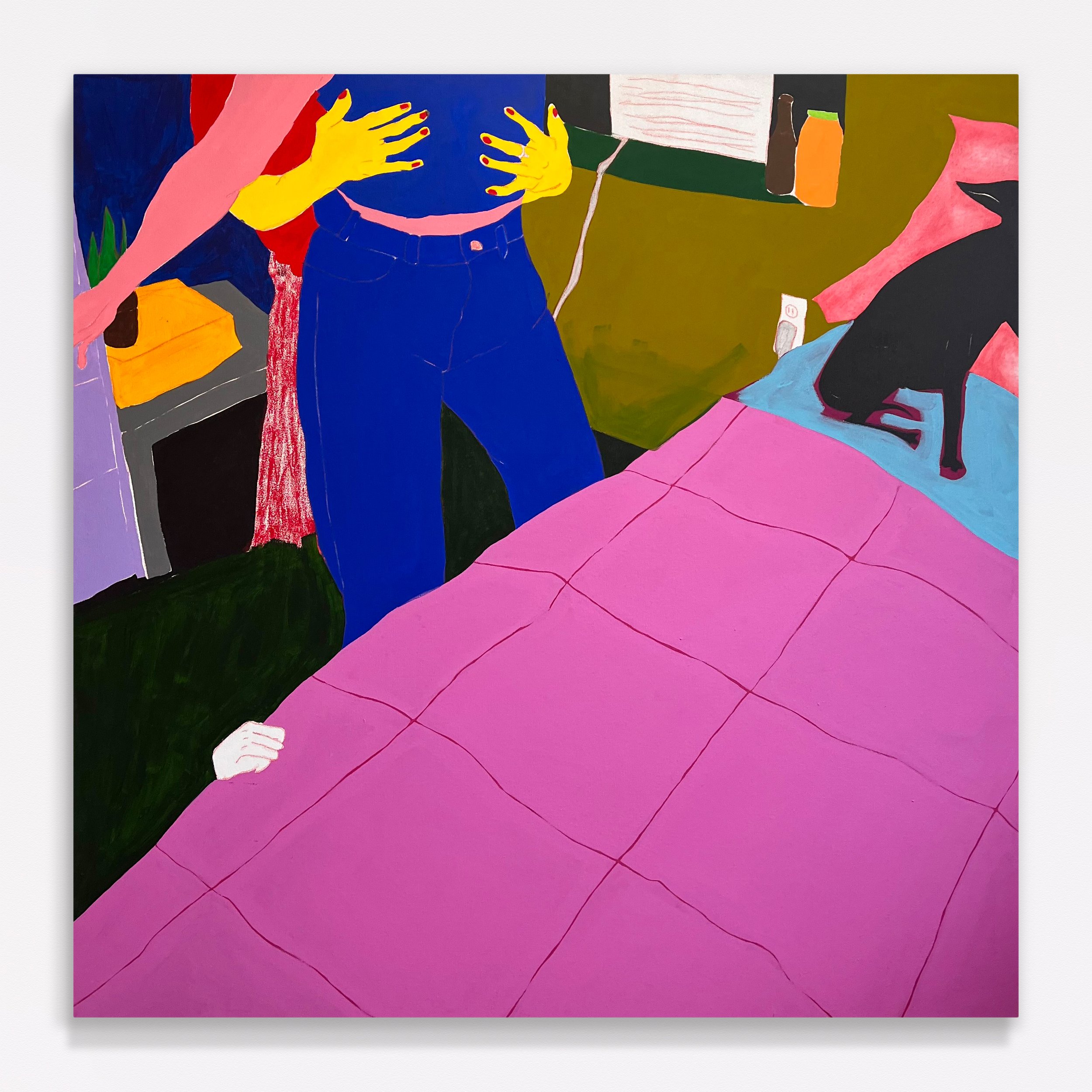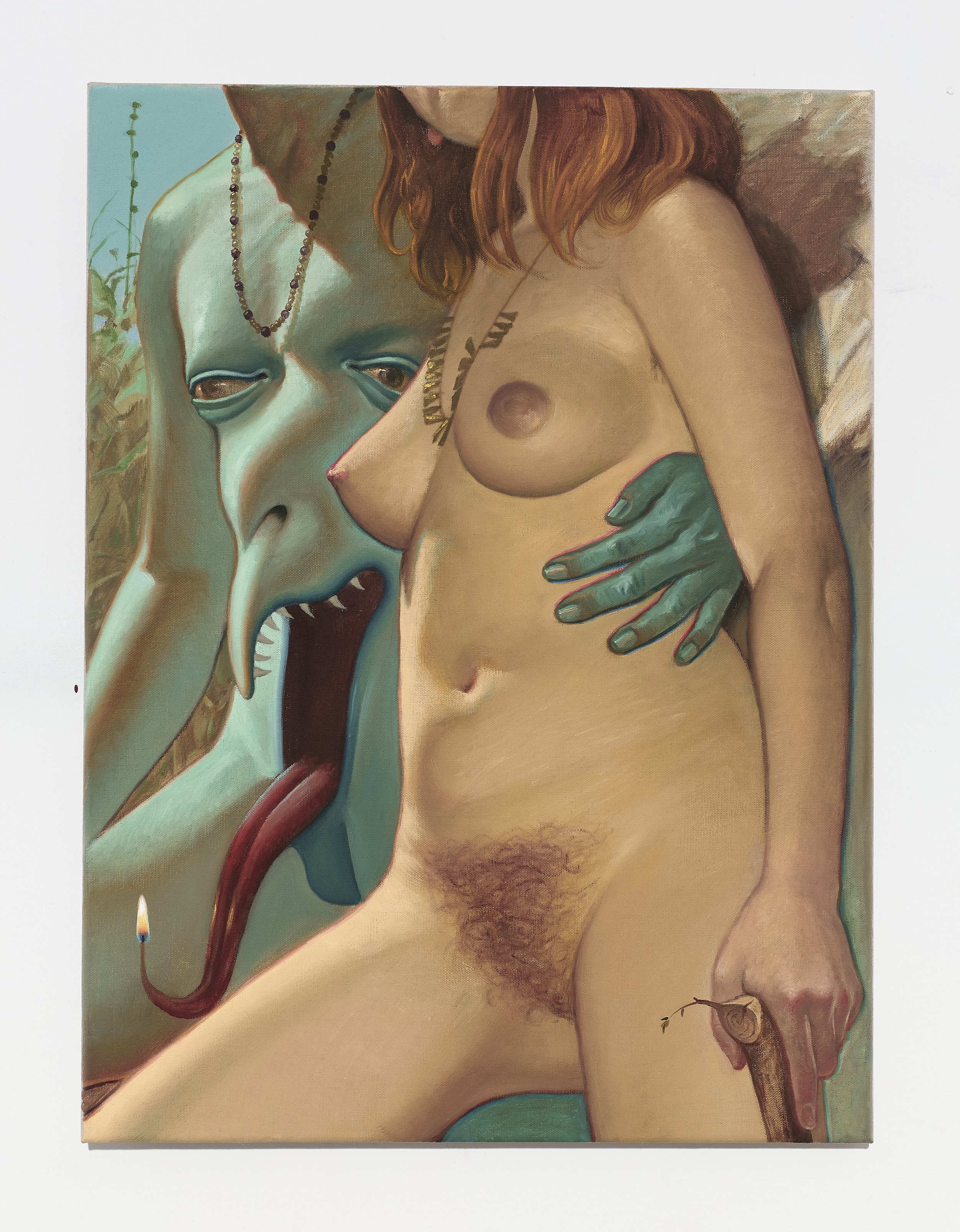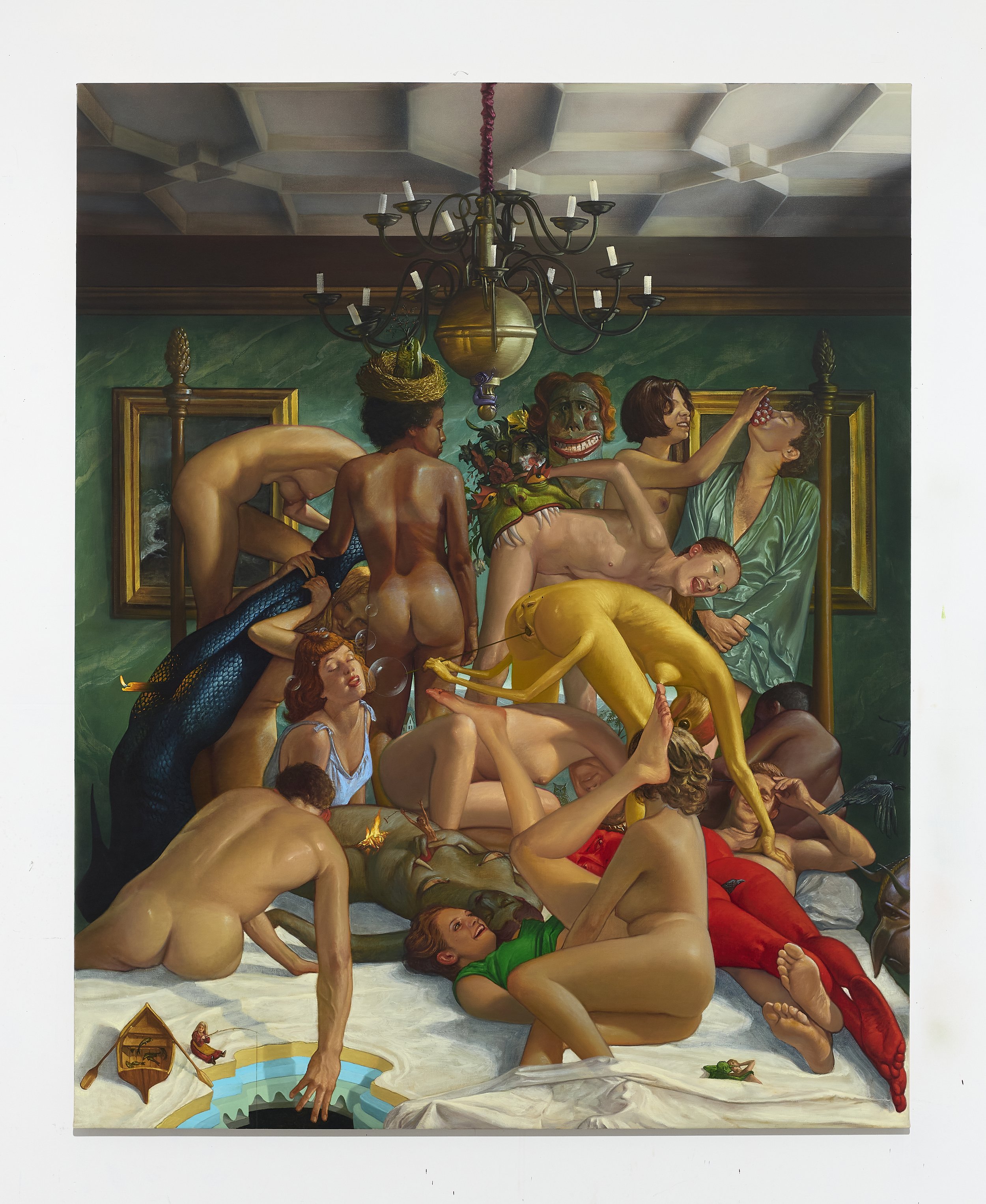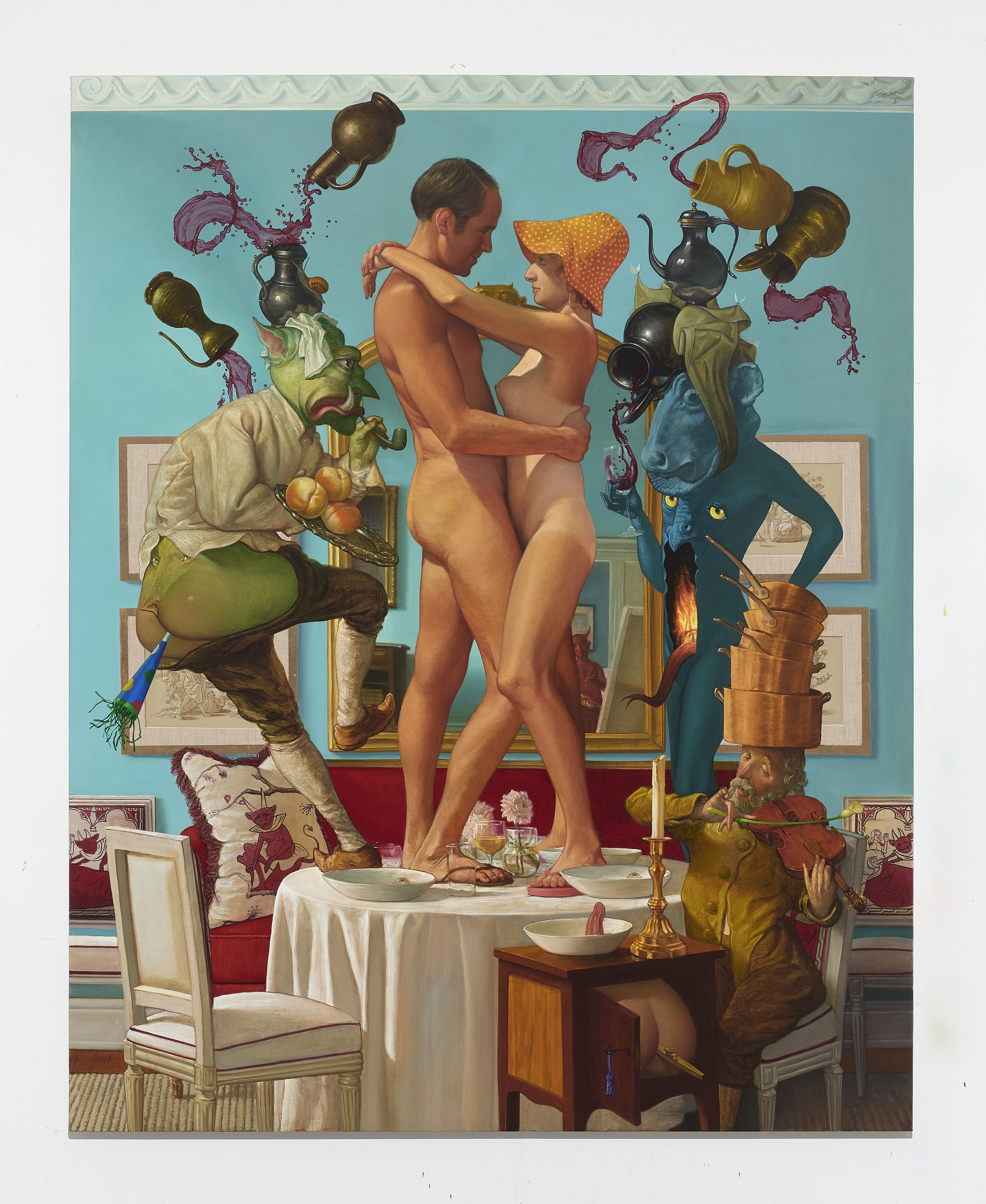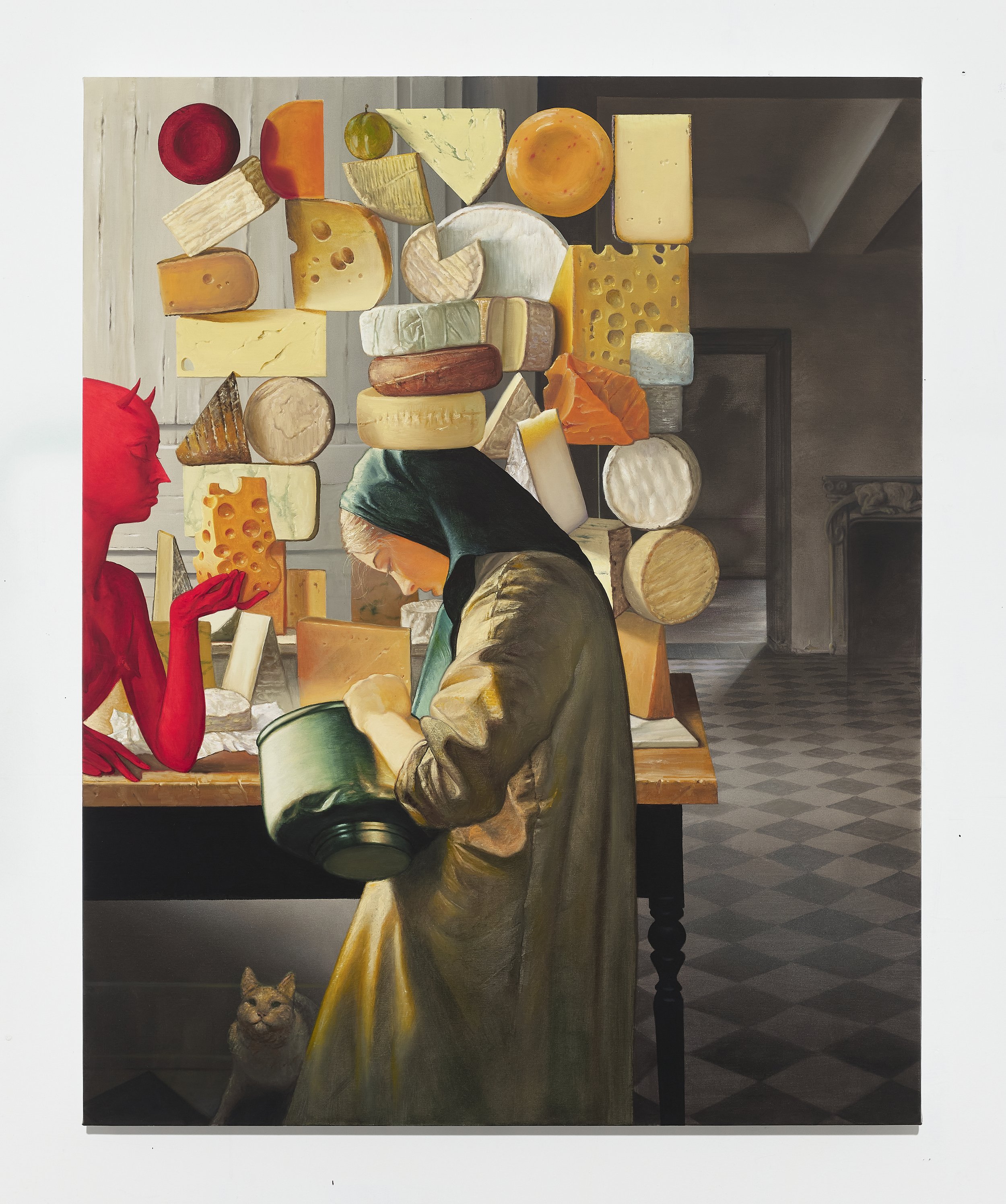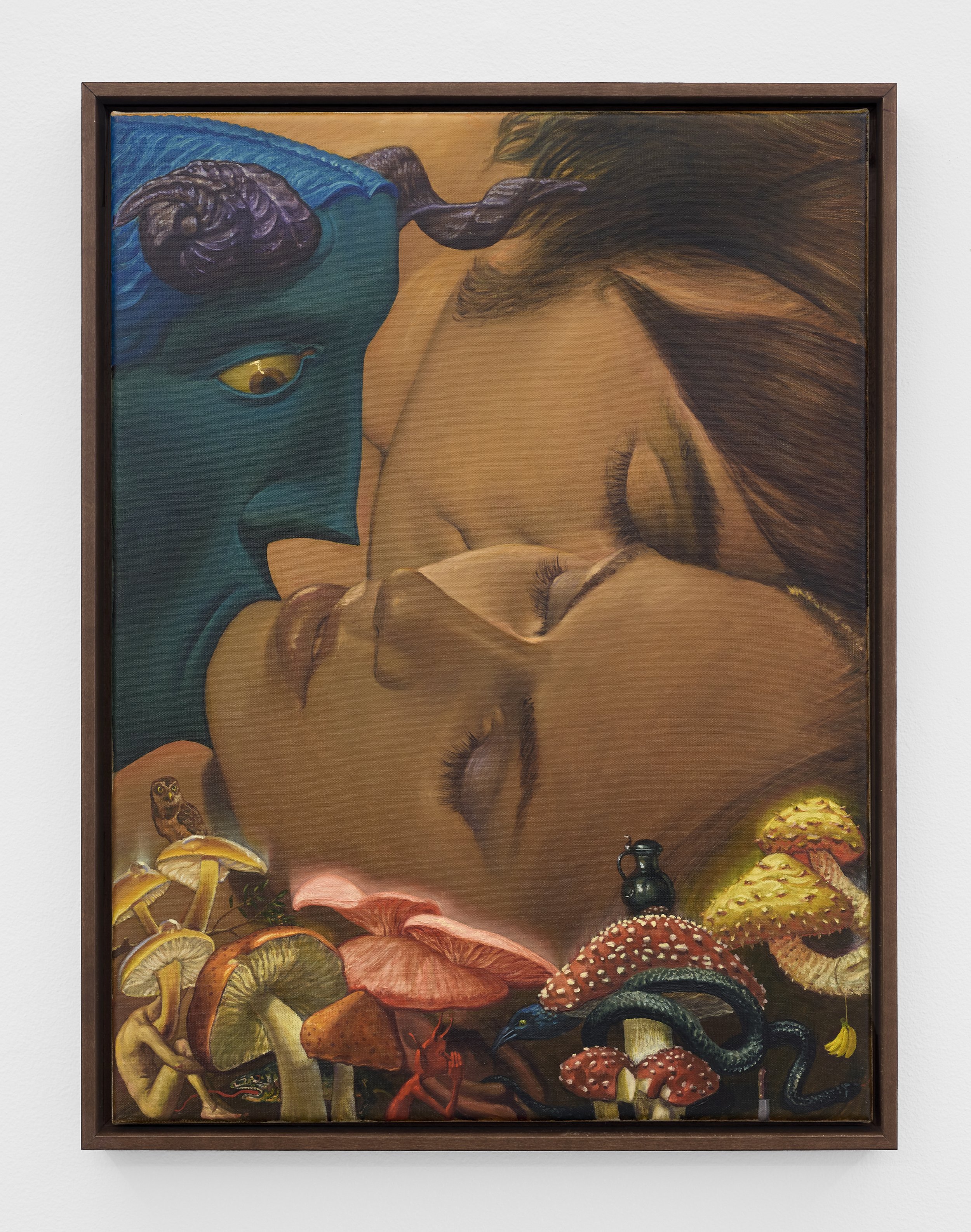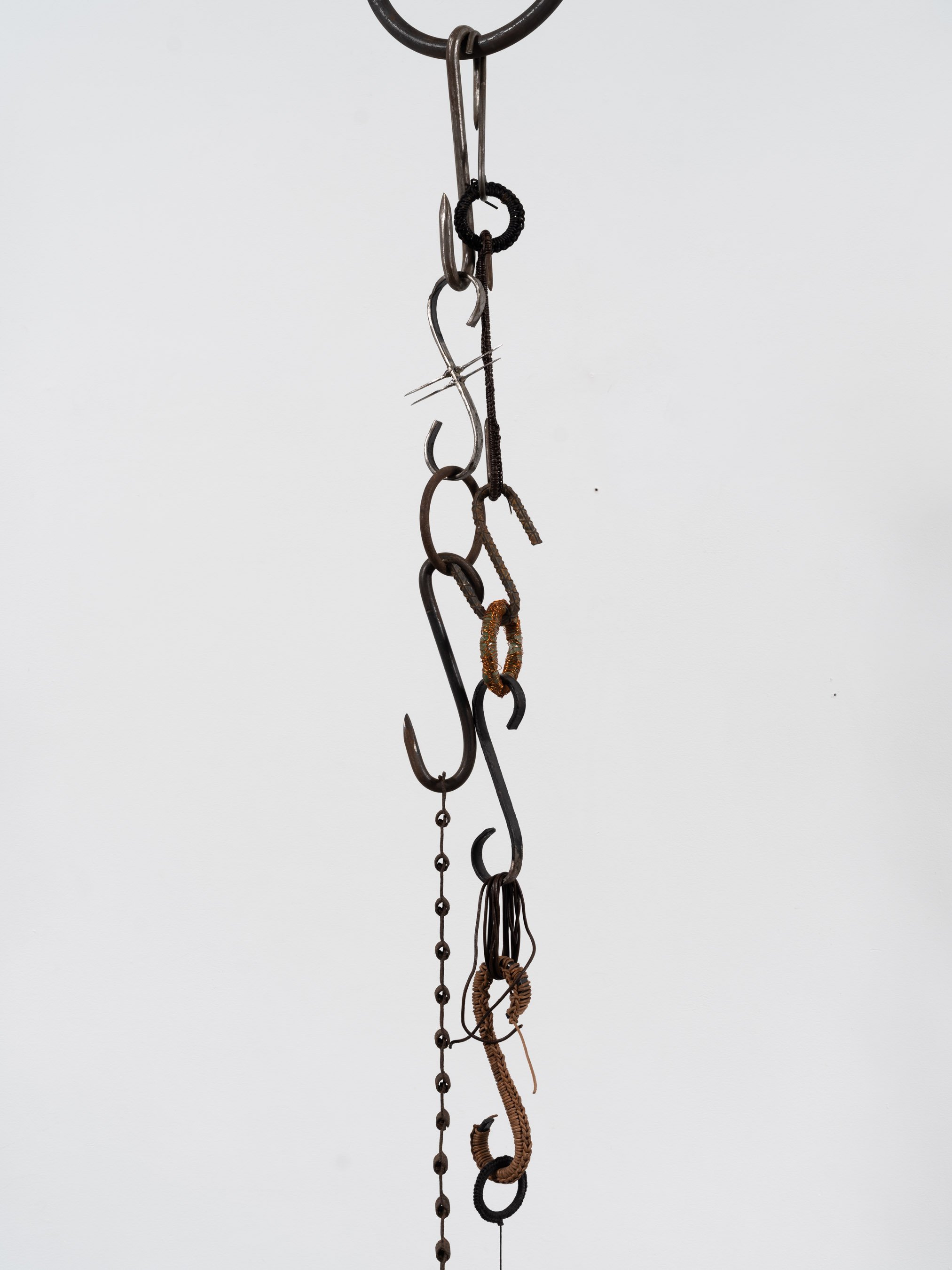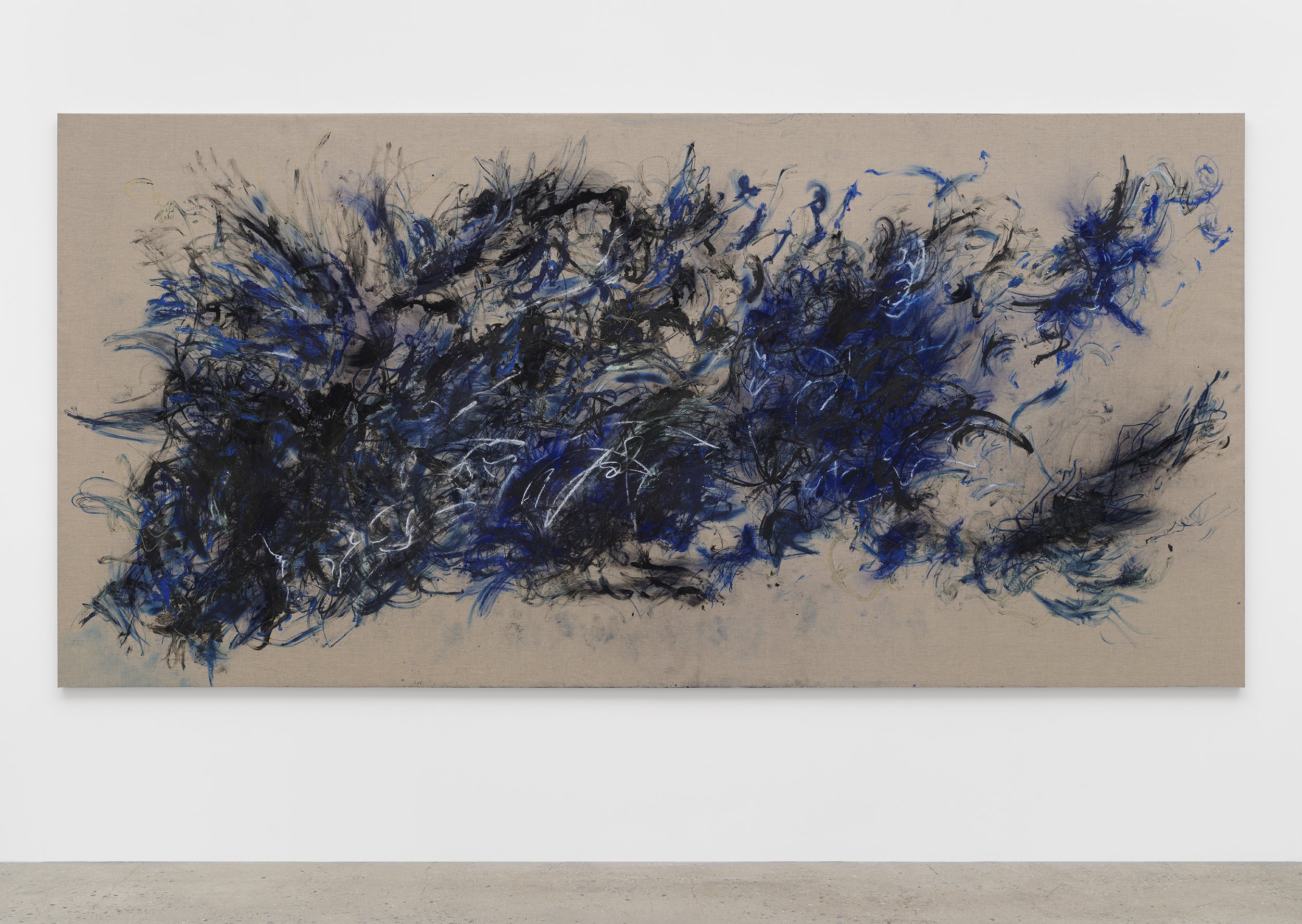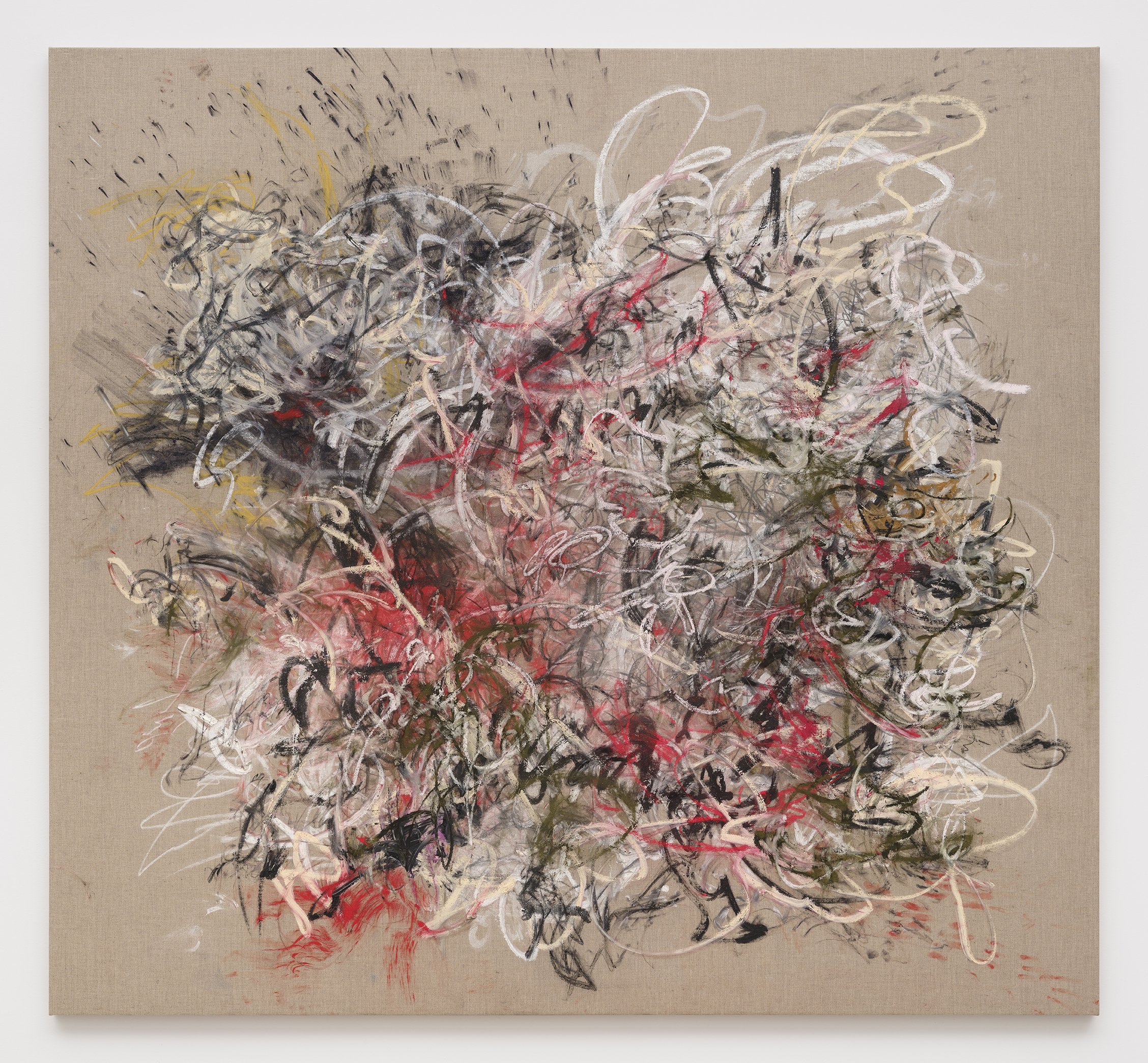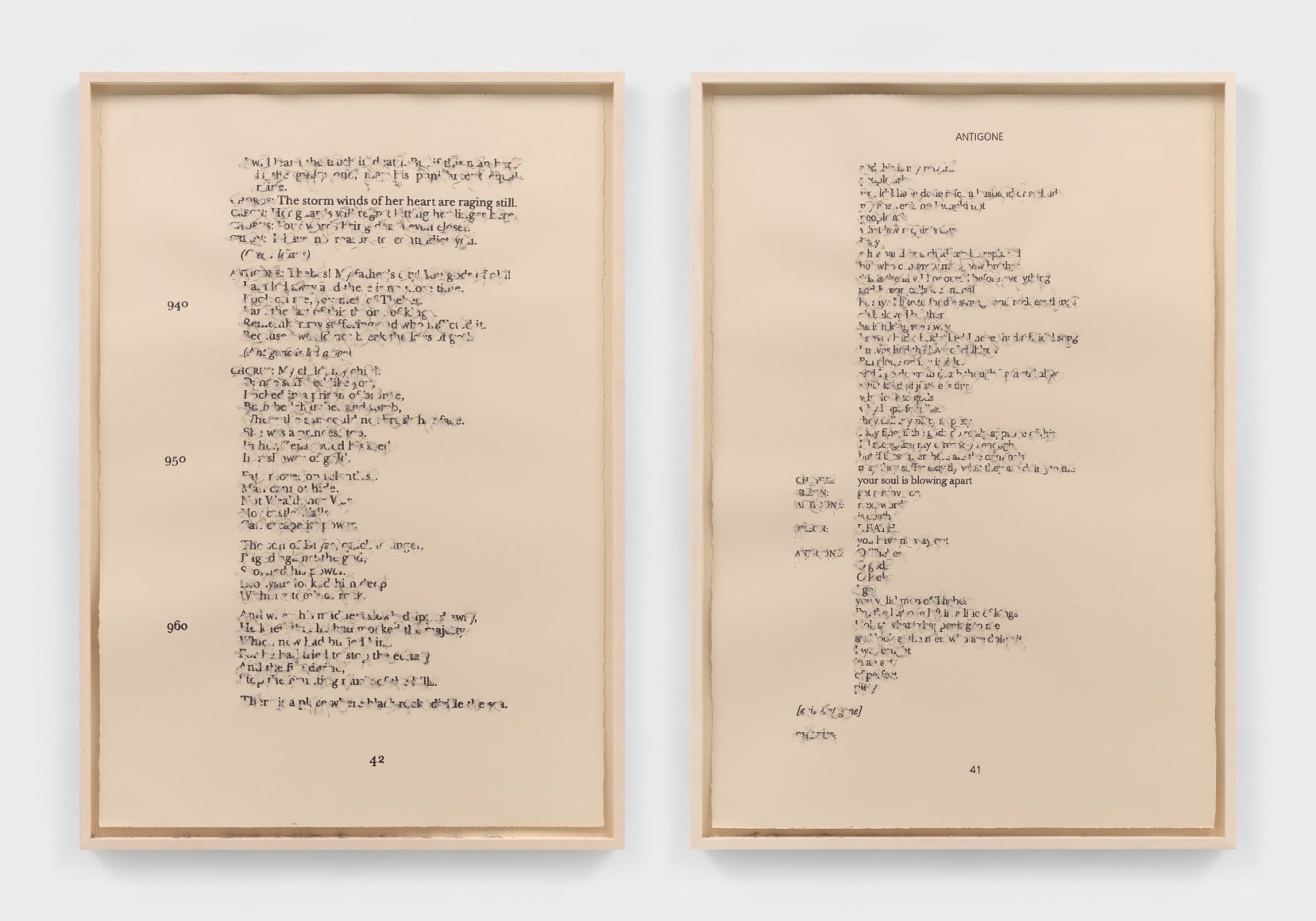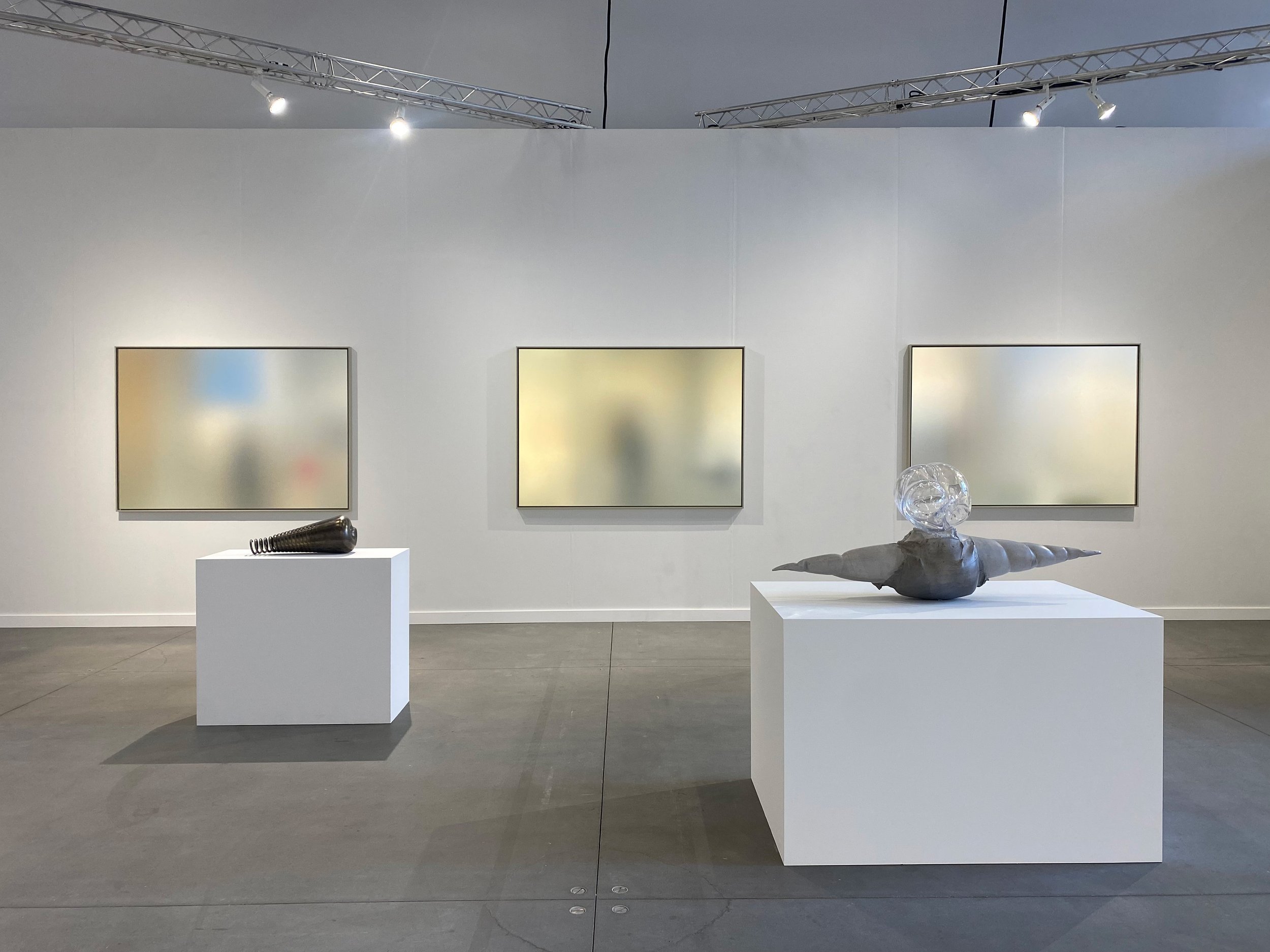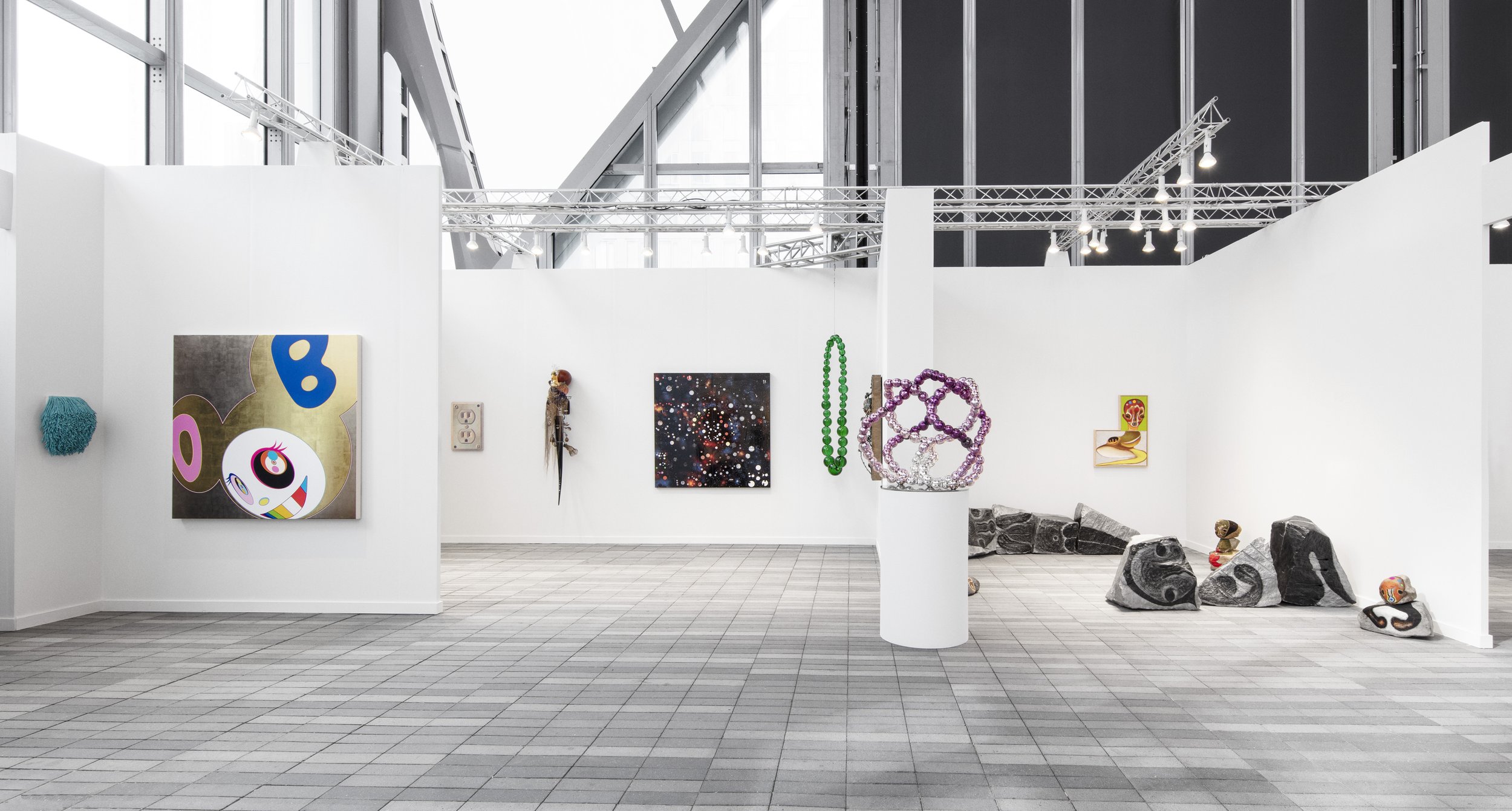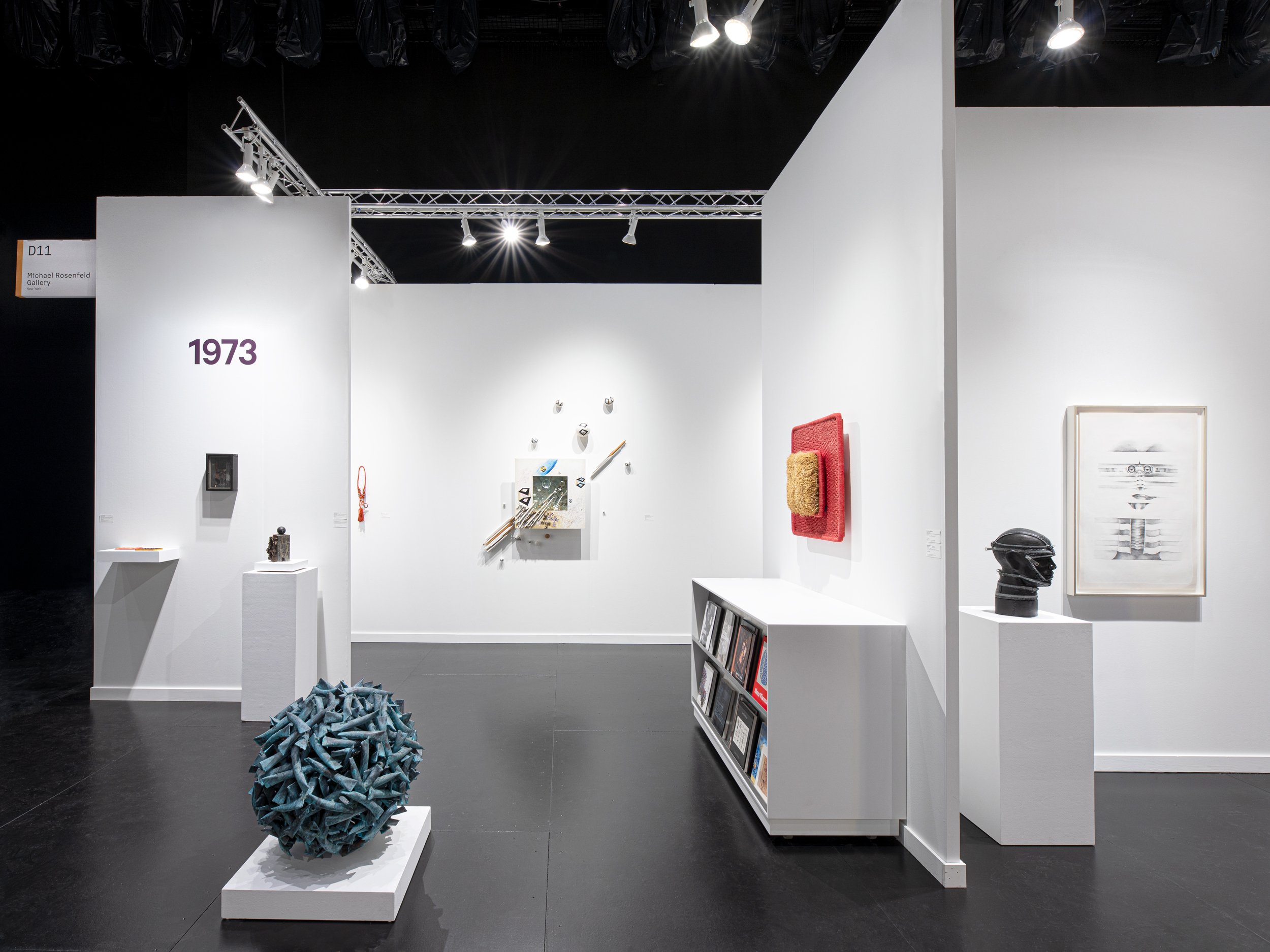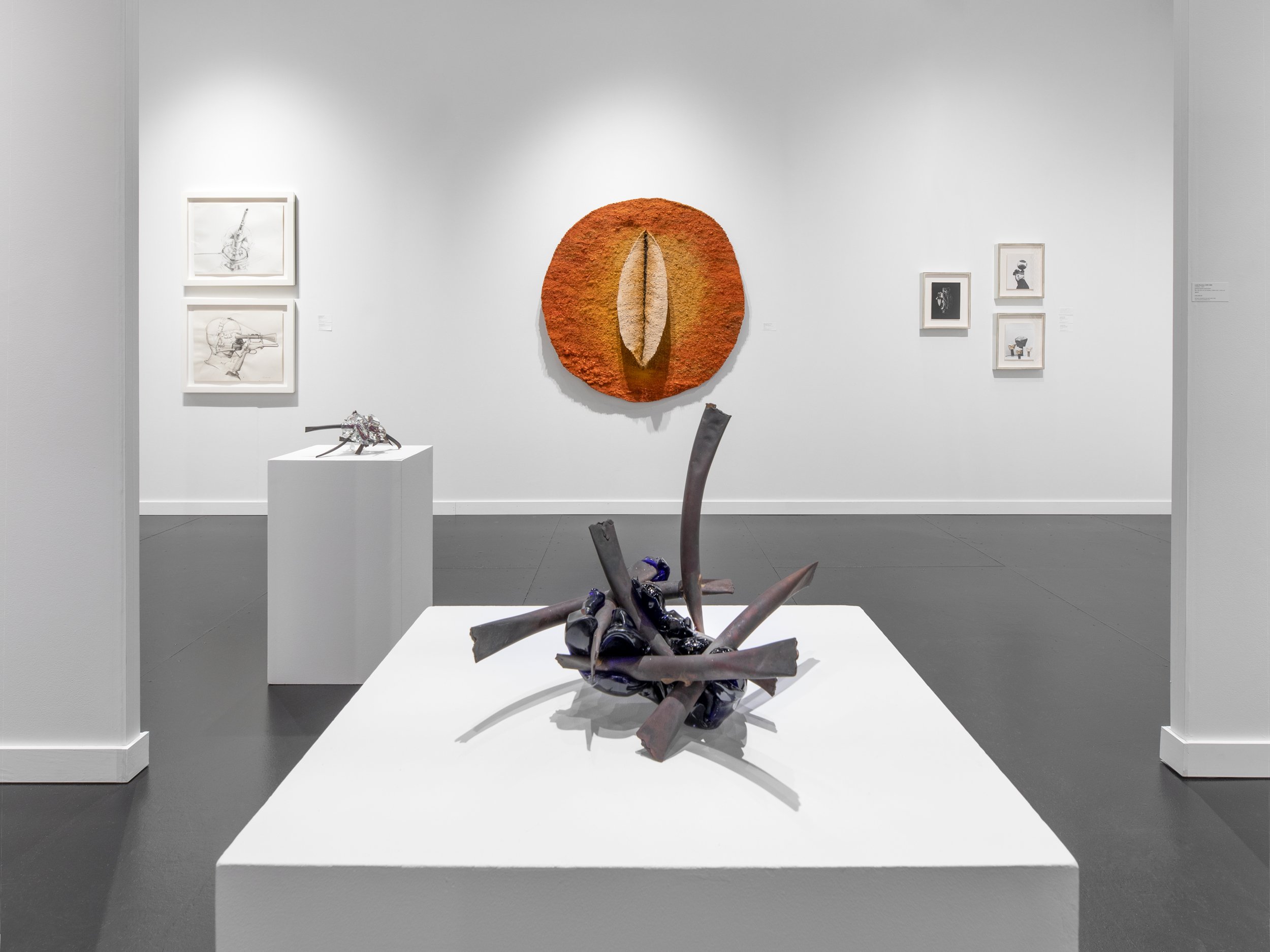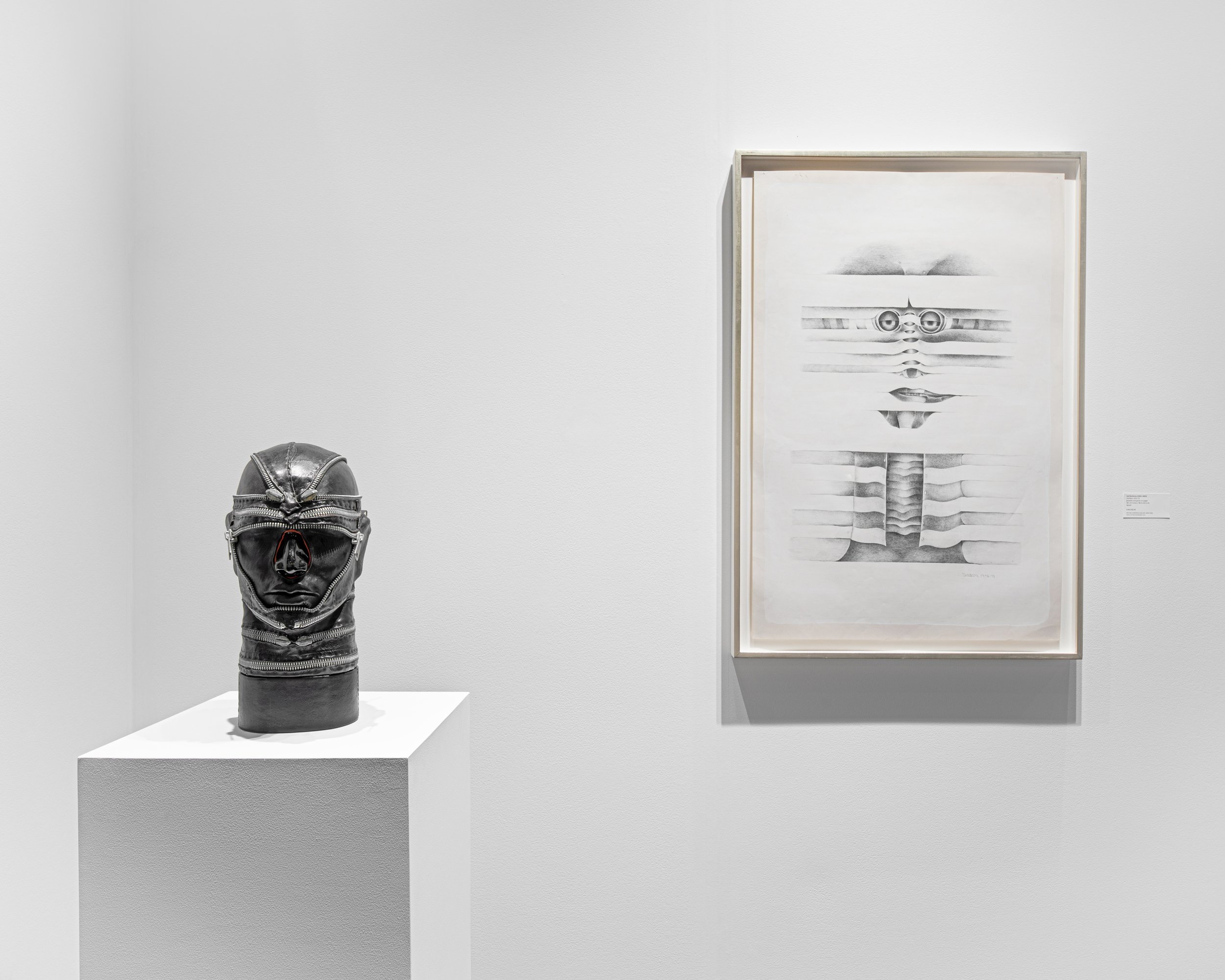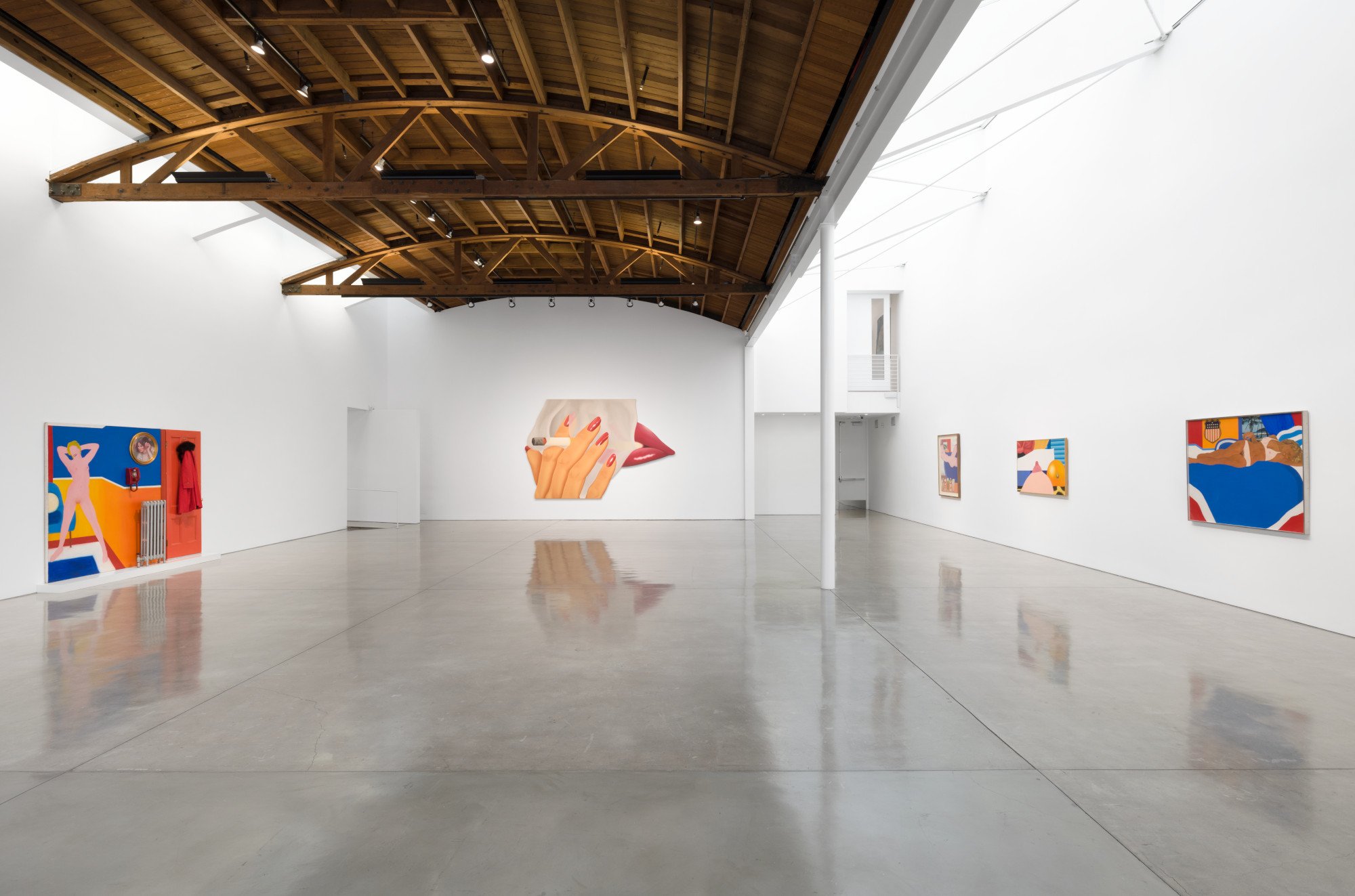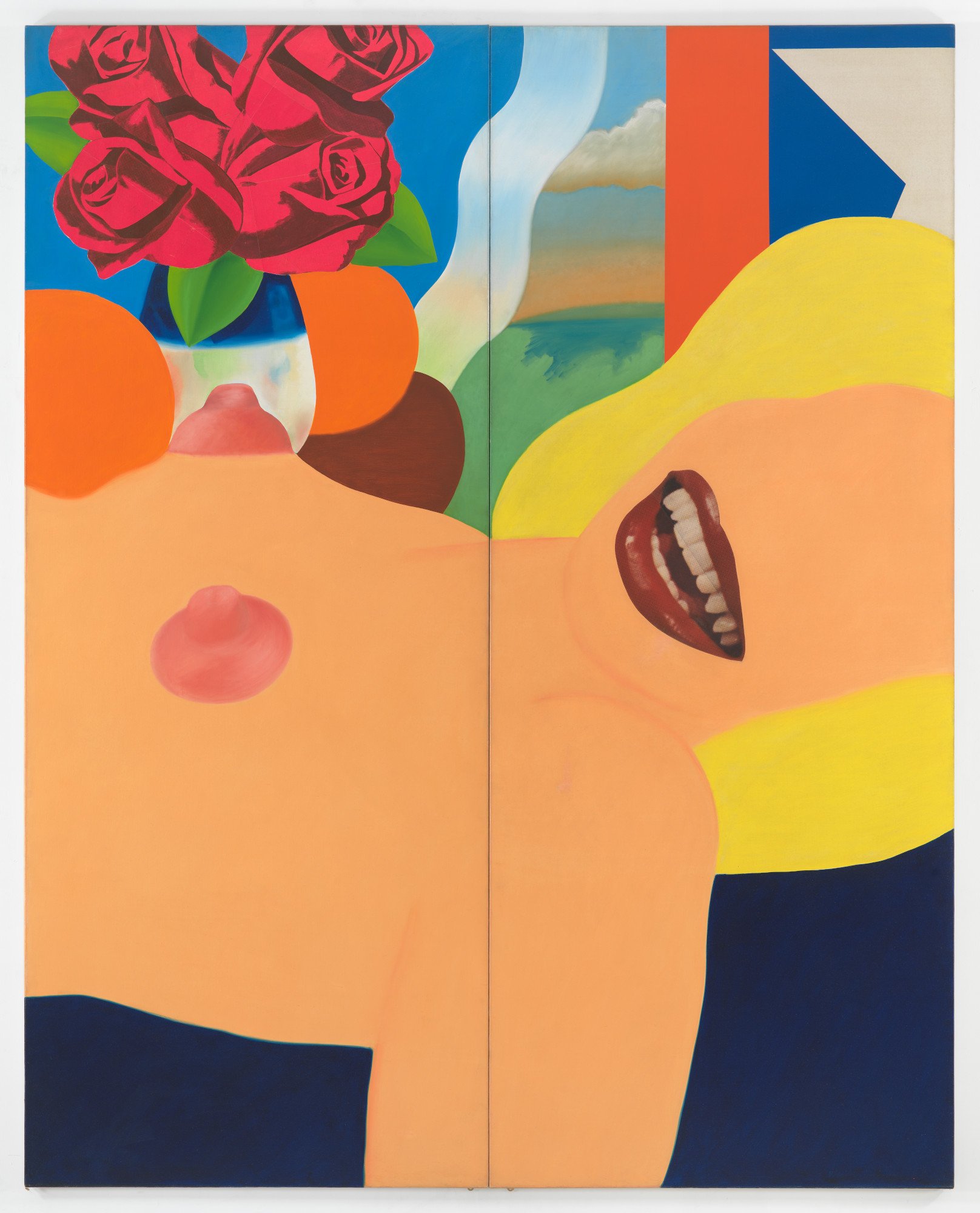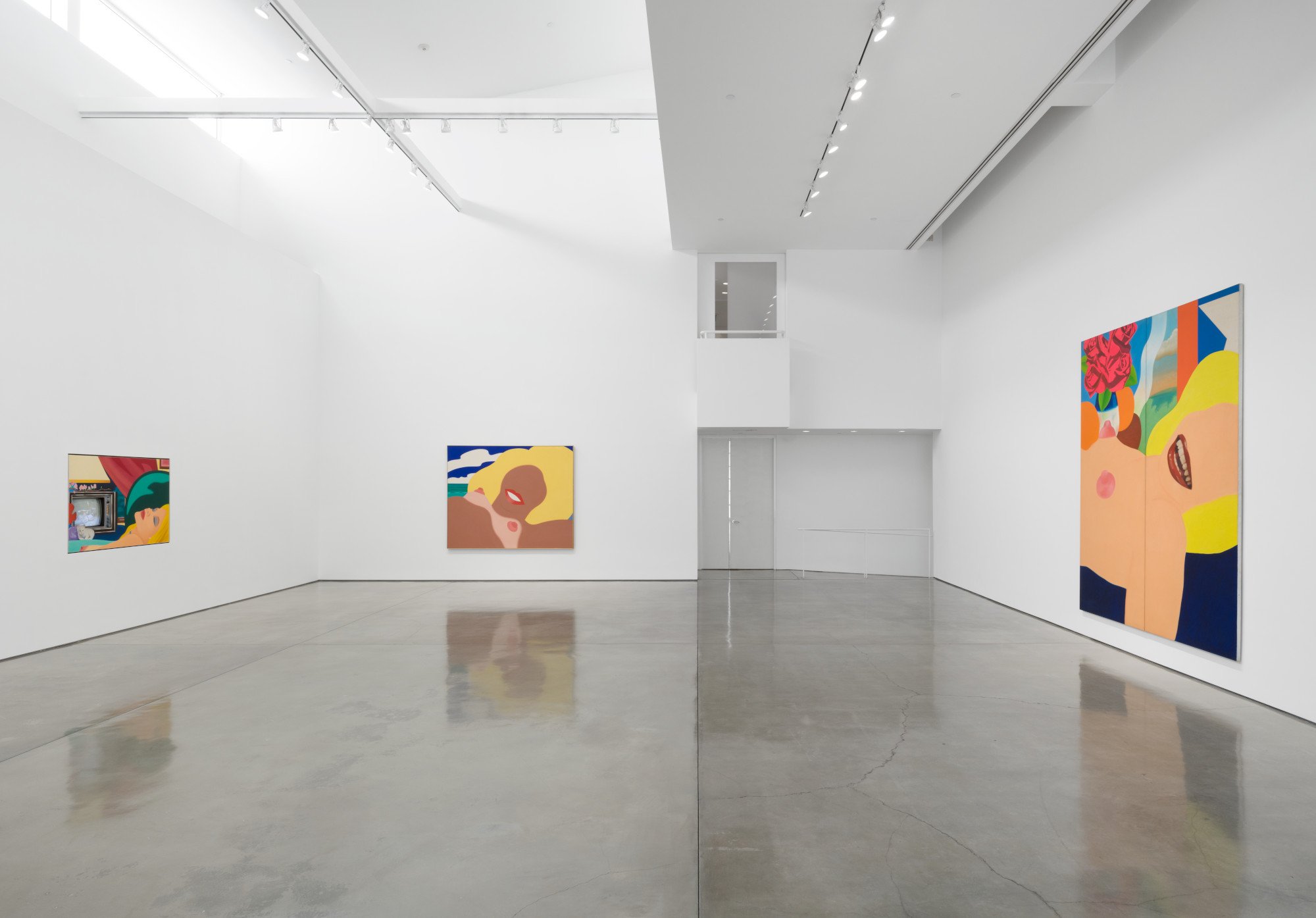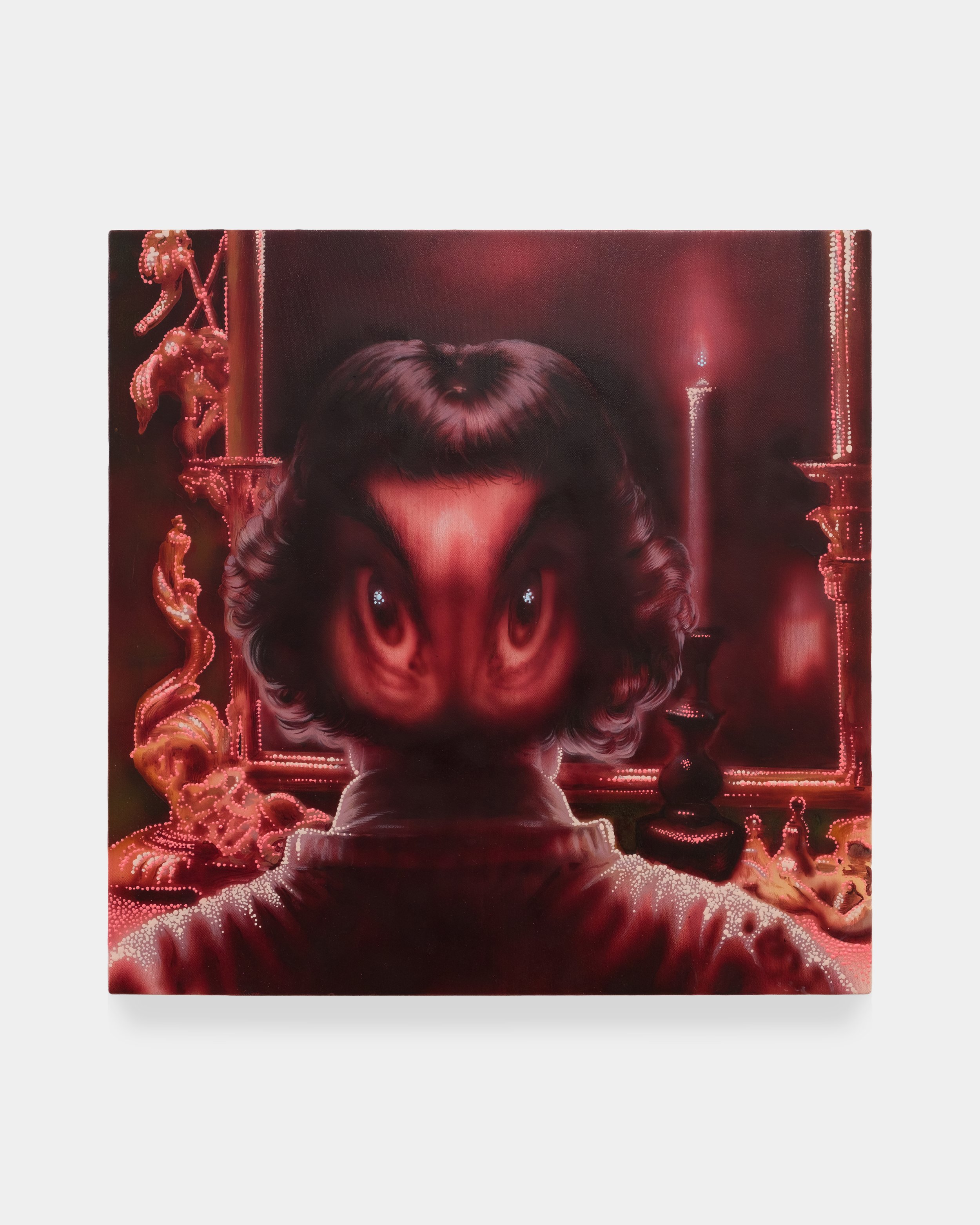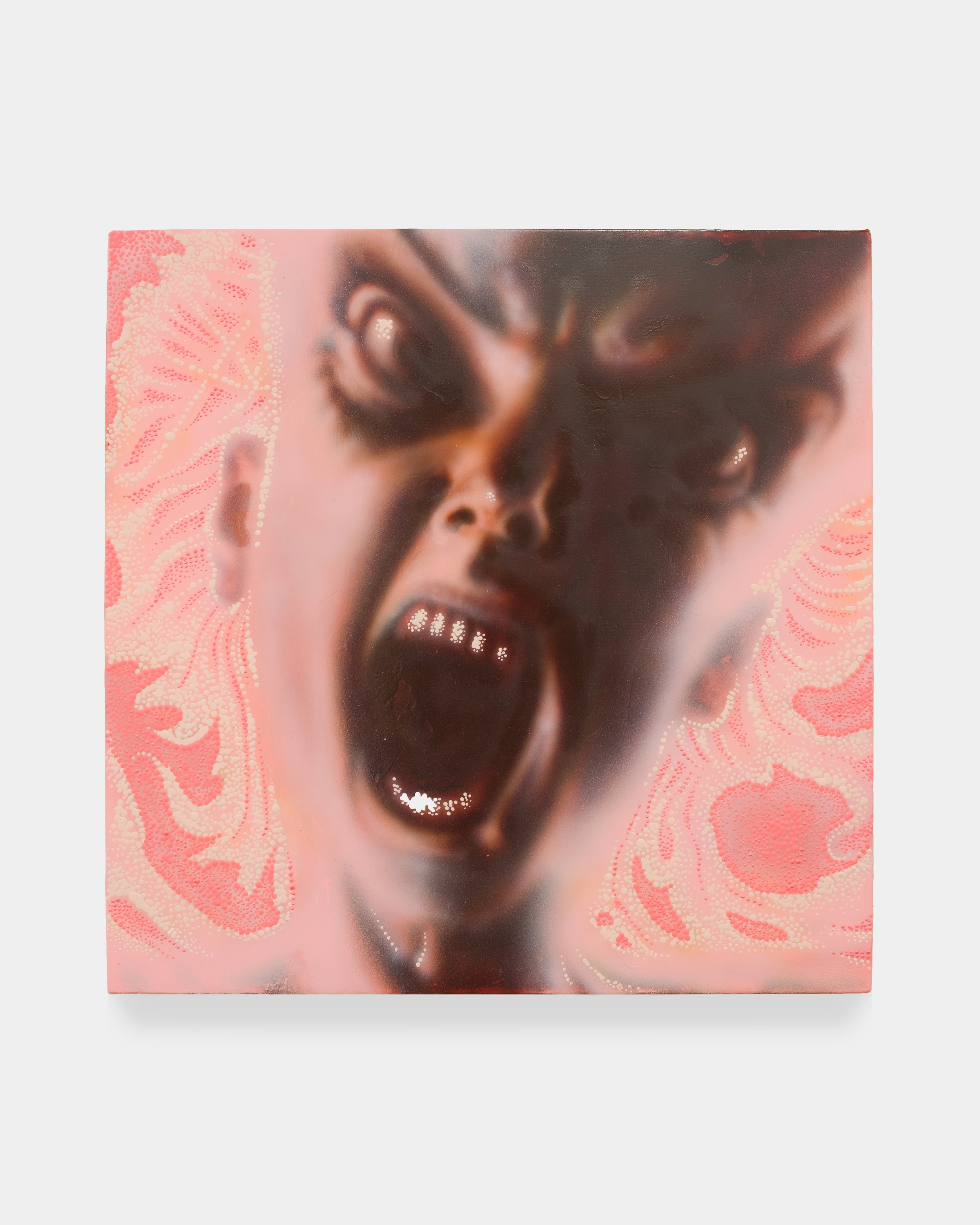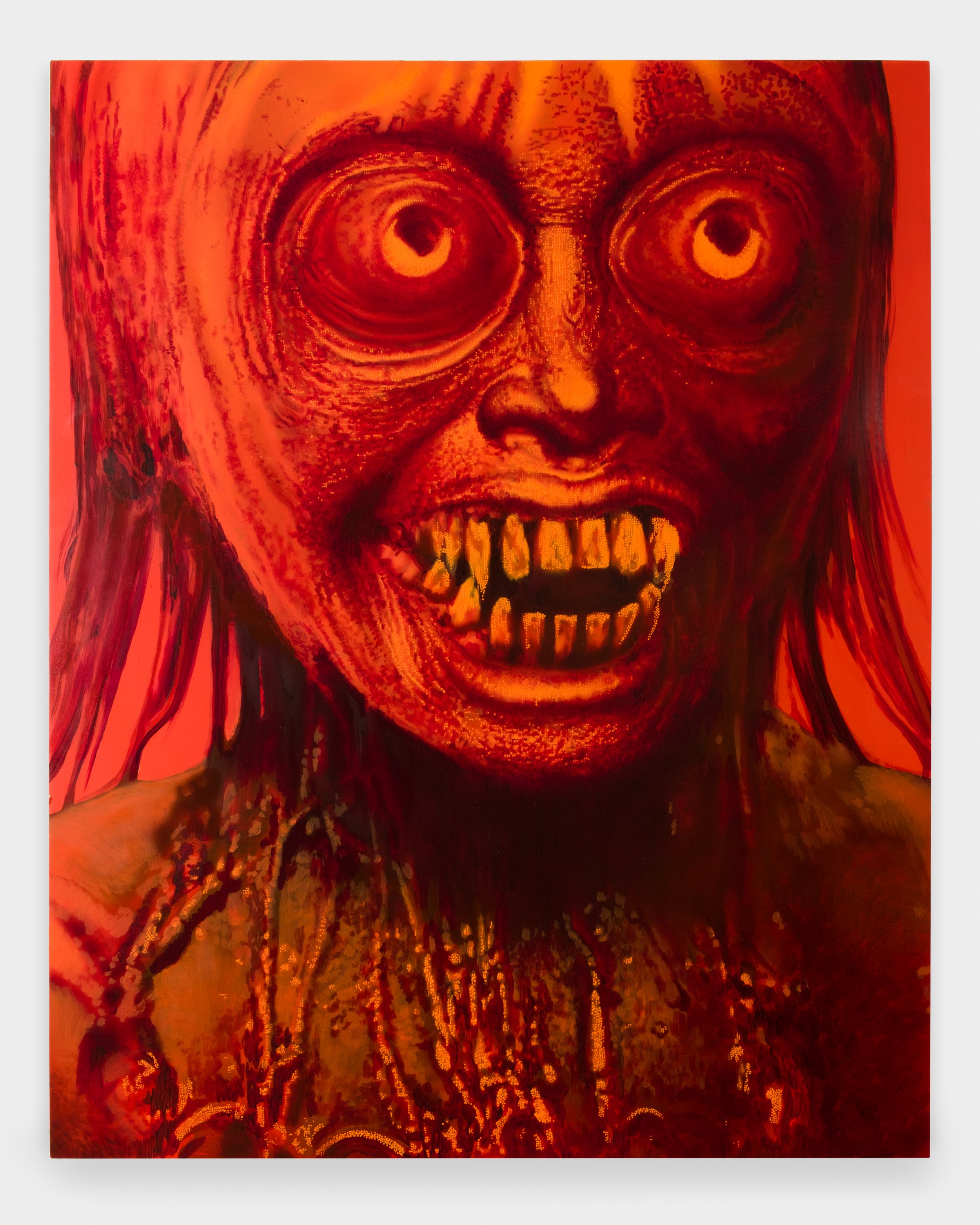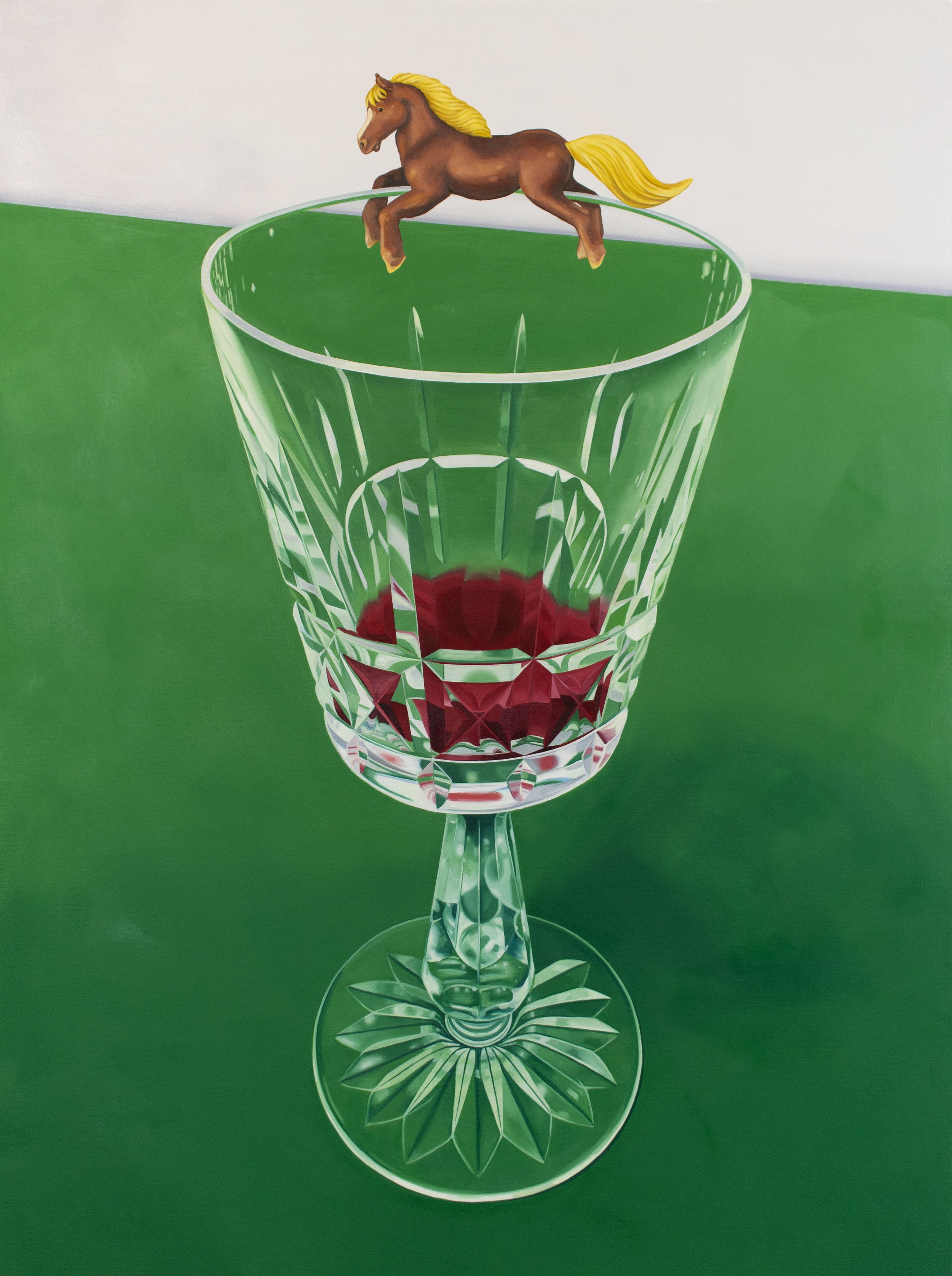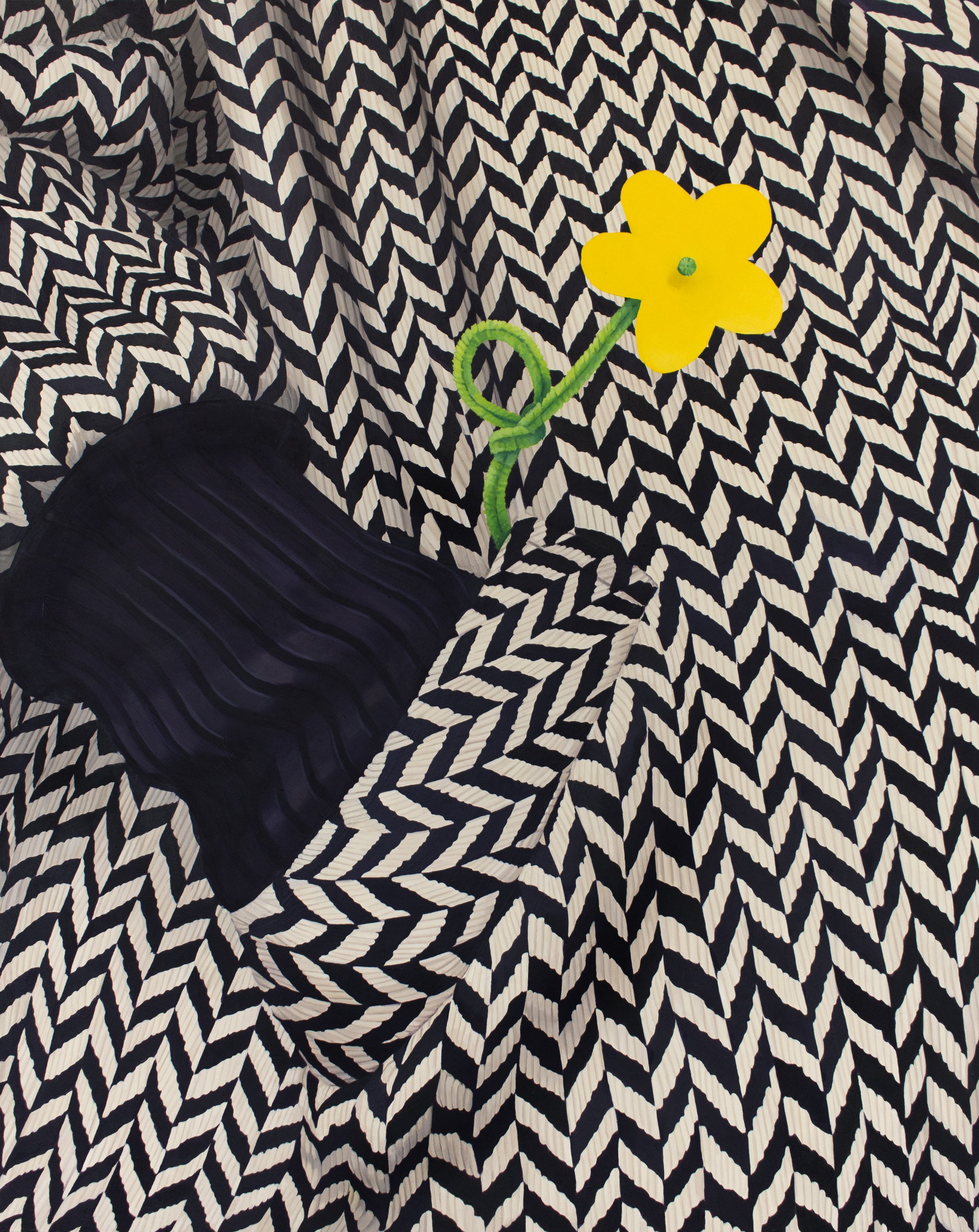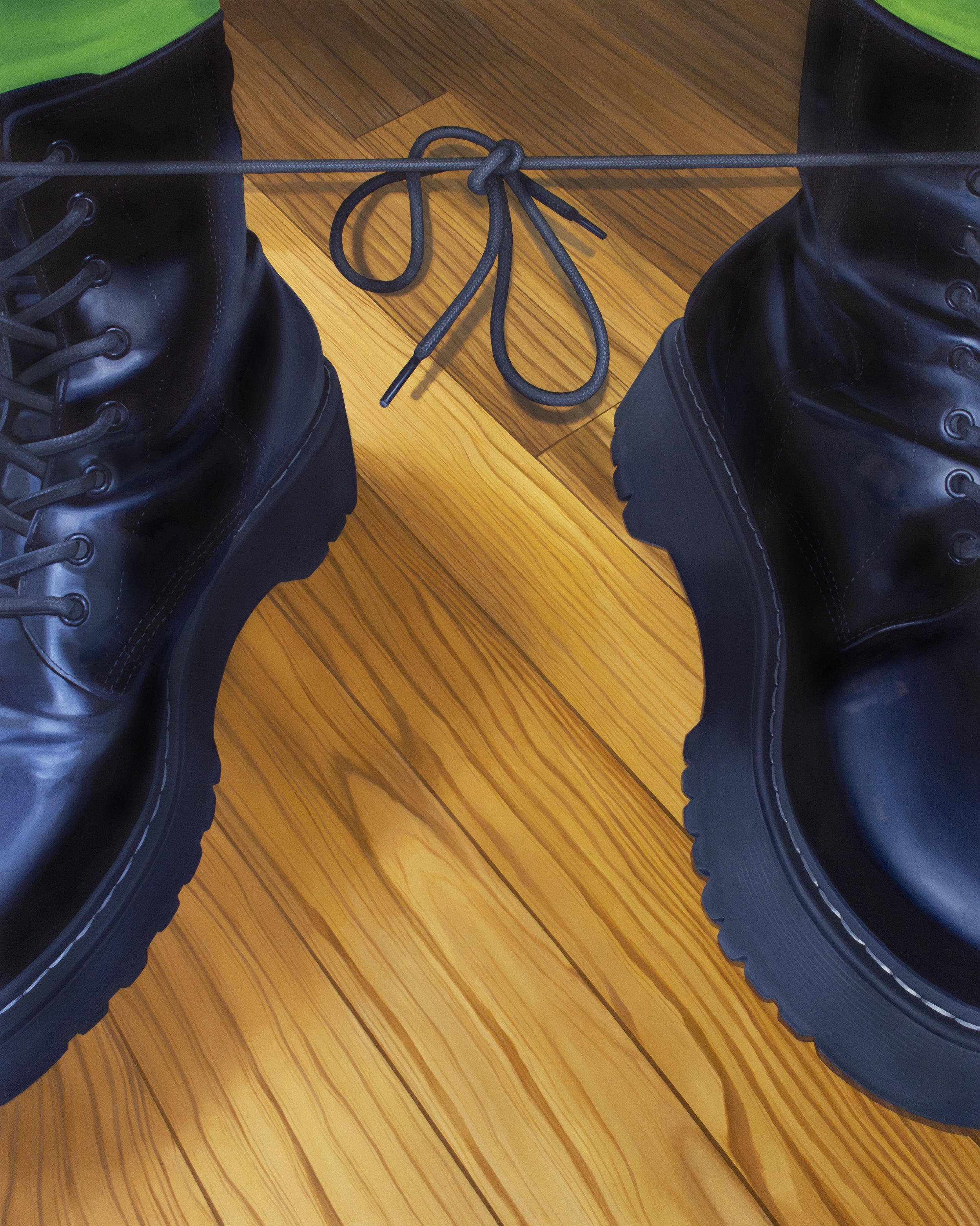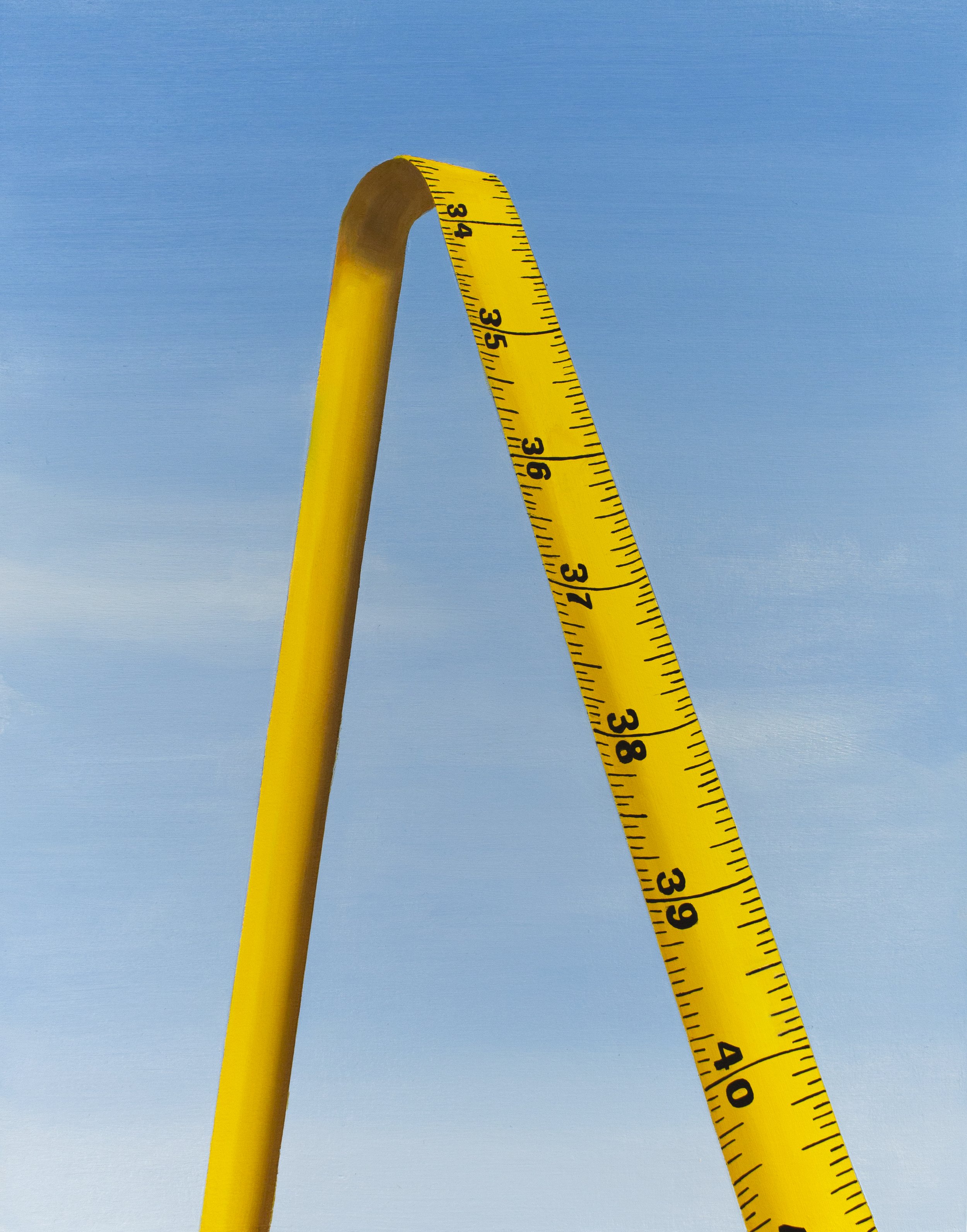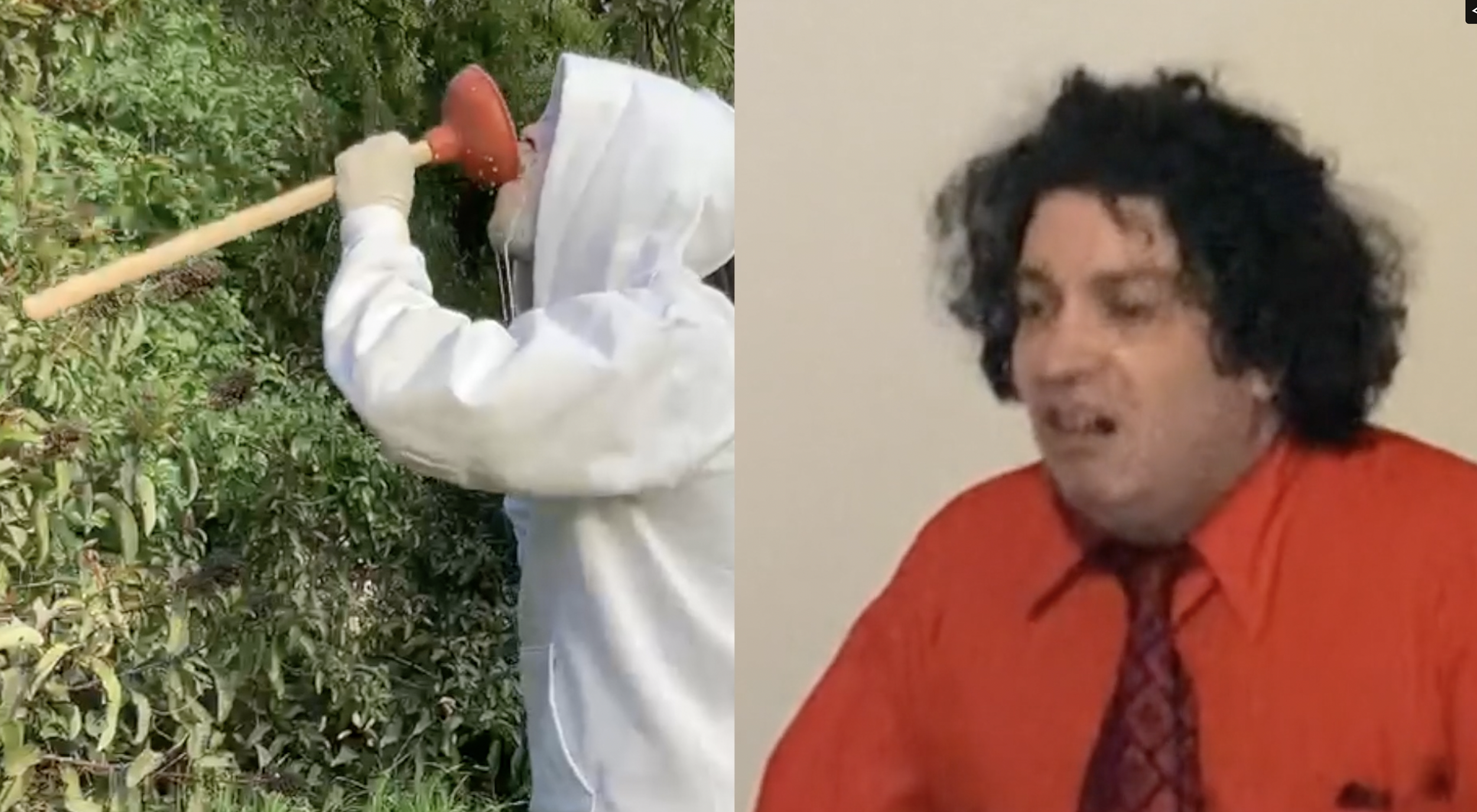Our primary means of conveying meaning is through spoken and written forms, as well as sign language. But what do we do when faced with language barriers, unable to verbally communicate with another/others? Google translate is one option, but what happens when we use our imagination? Or when we explore the imagination of others through our own unique lens?
The earliest civilizations used cave walls as canvases to share their knowledge, beliefs, and stories. For visual artist, Mattea Perrotta, art has become a way of conveying her secrets and vulnerabilities. It has also become a lexicon to connect with others, often from different countries and communities. During her time in Morocco, challenged with learning Arabic but keen to connect with her hosts, she started using drawings to engage with her companions. It was a familiar and natural way of interpreting the world around her.
A diagnosis of synesthesia at an early age was the catalyst for Perrotta’s need to develop an individual language; mathematical formulas made sense when color coded, as did phone numbers. This subsequently translated into her art form, which began with abstract shapes, defining her earlier career. Perrotta’s practice evolved organically, and in recent years a figurative approach has occupied her canvases as she investigates, questions and challenges the canon of art history referencing the work of Pablo Picasso and Leonardo da Vinci.
This May, Perrotta is exhibiting in her hometown, Los Angeles, for the first time since moving to Europe five years ago. Her solo show, In A Forgotten Tongue, at Praz Delavallade, signifies a turning point for the artist, harking back to an abstract style whilst continuing her investigation into art historical movements; Baroque, Renaissance and Cubism. Each shape within a canvas, or tapestry work, takes on its own vocabulary, distinguished by color and size. As this is Perrotta’s secret language, we are left with subtle signals and our imaginations to interpret the work.
In the following interview, the artist explains why she describes her paintings as being similar to lasagna and what she will be researching during her residency this summer at the American Academy Rome. Read more.


